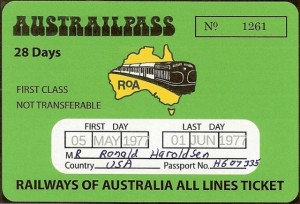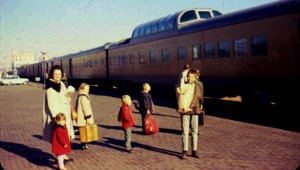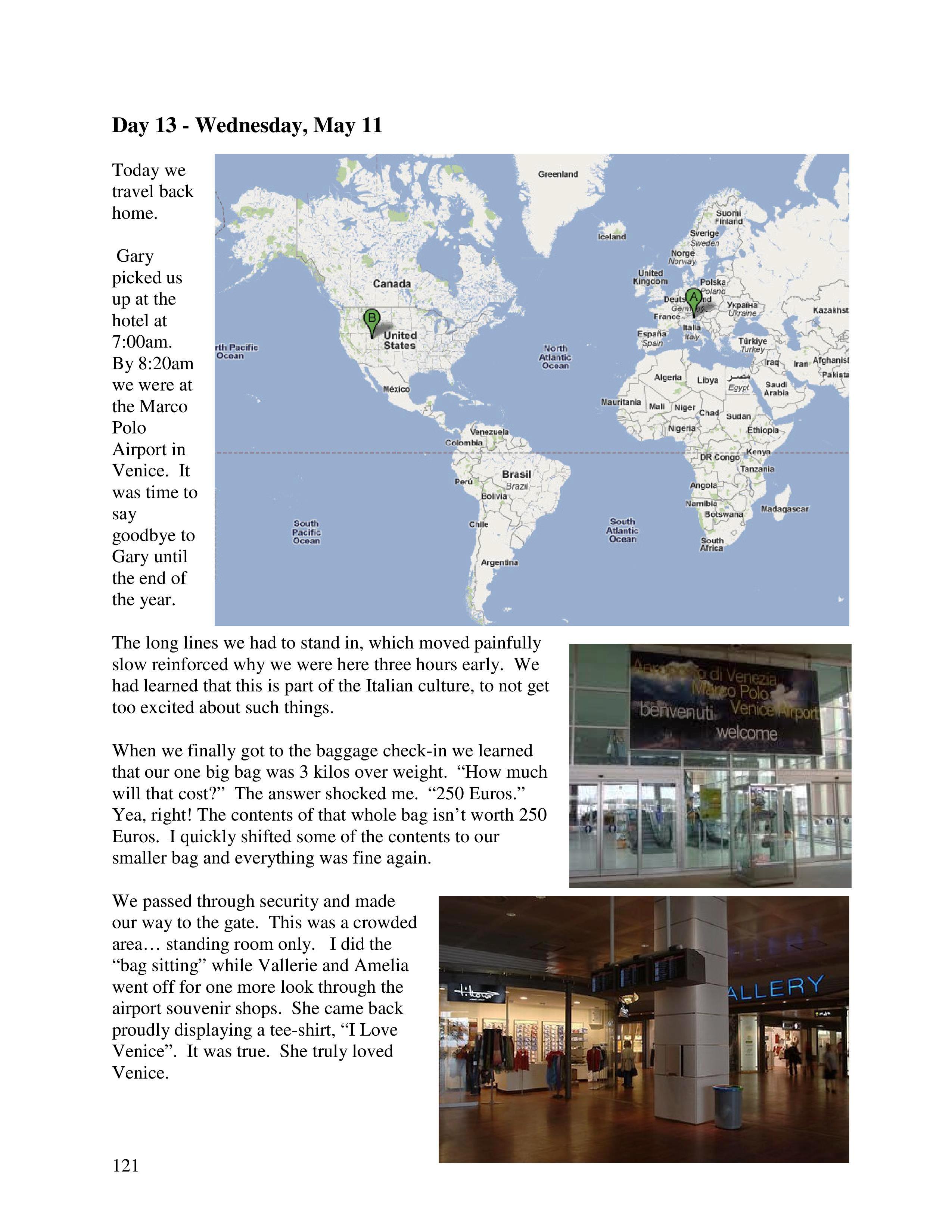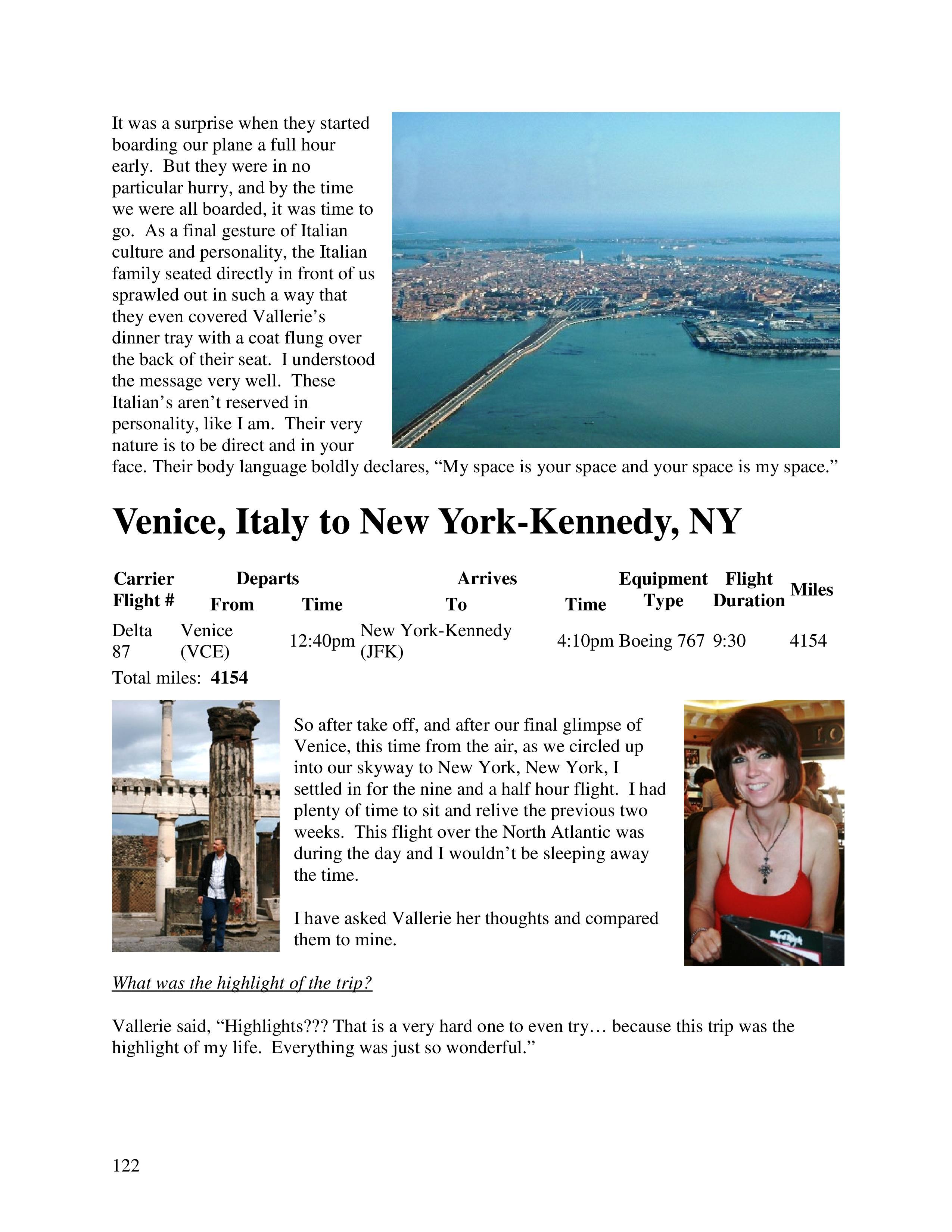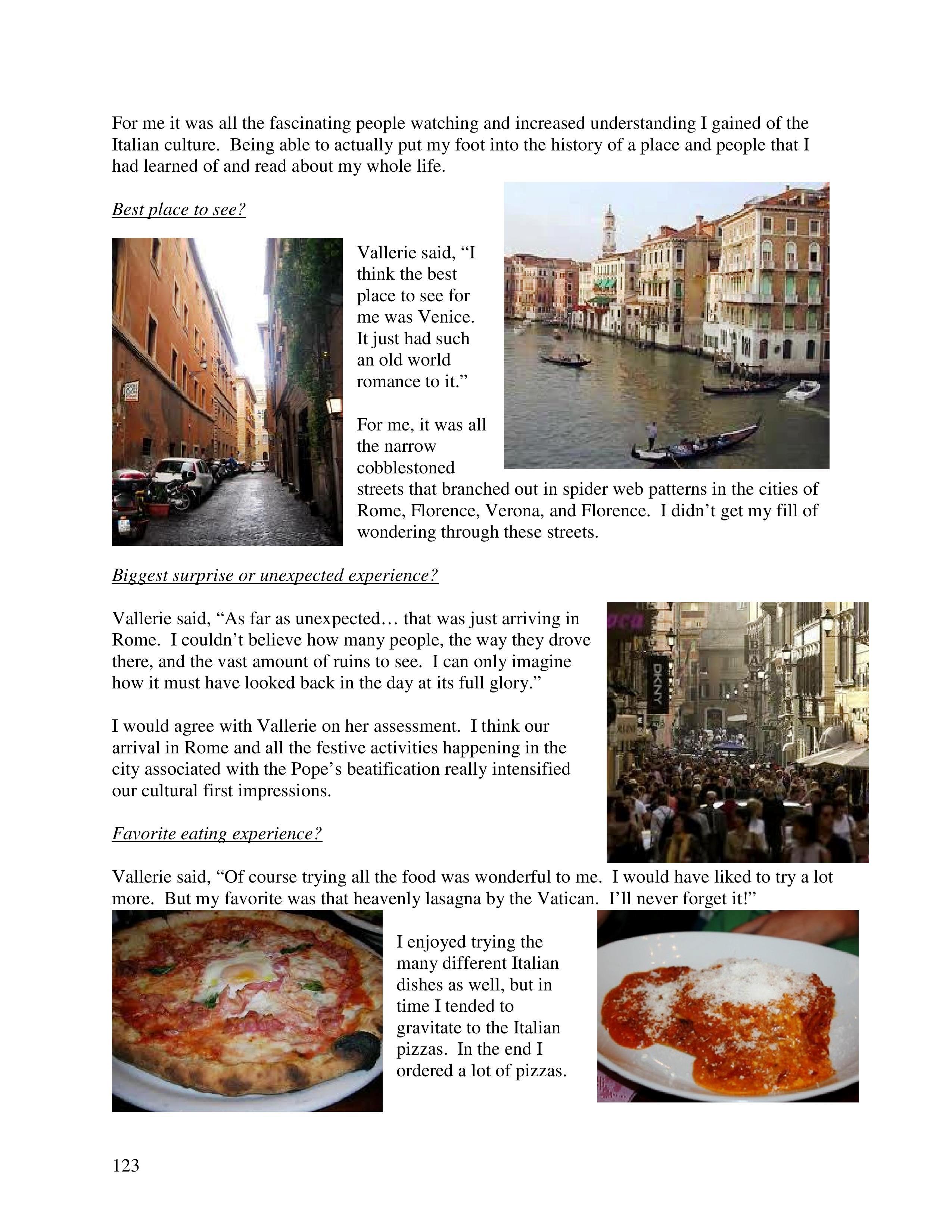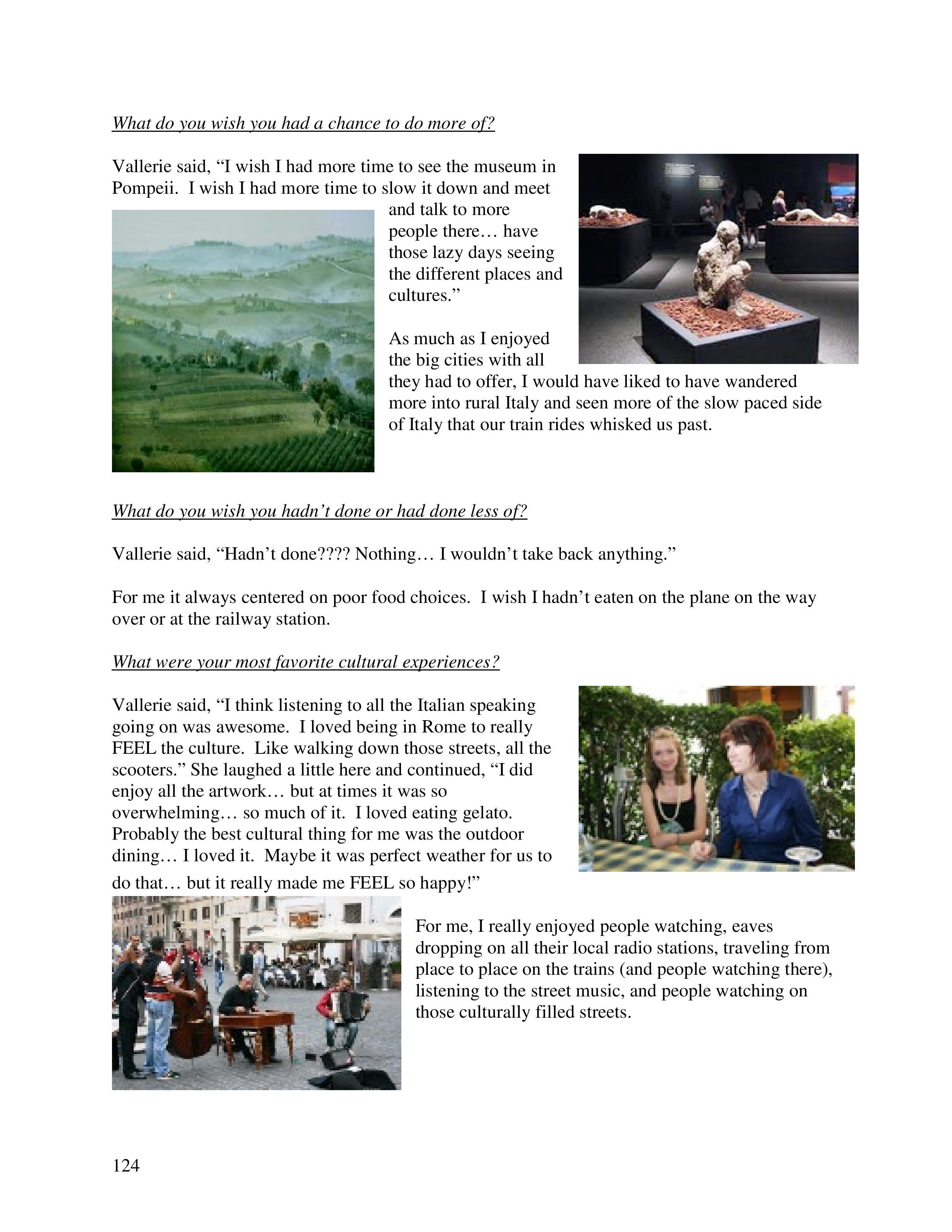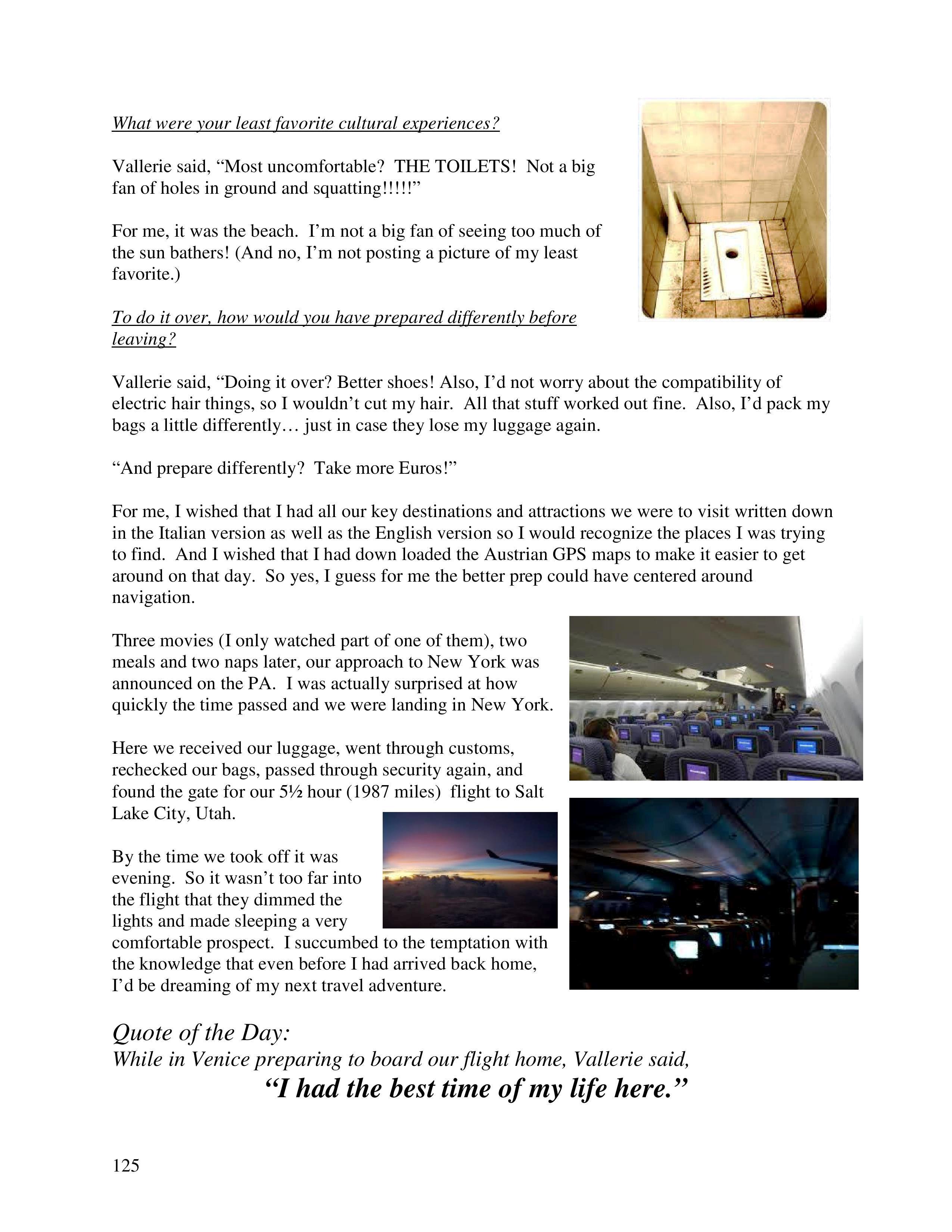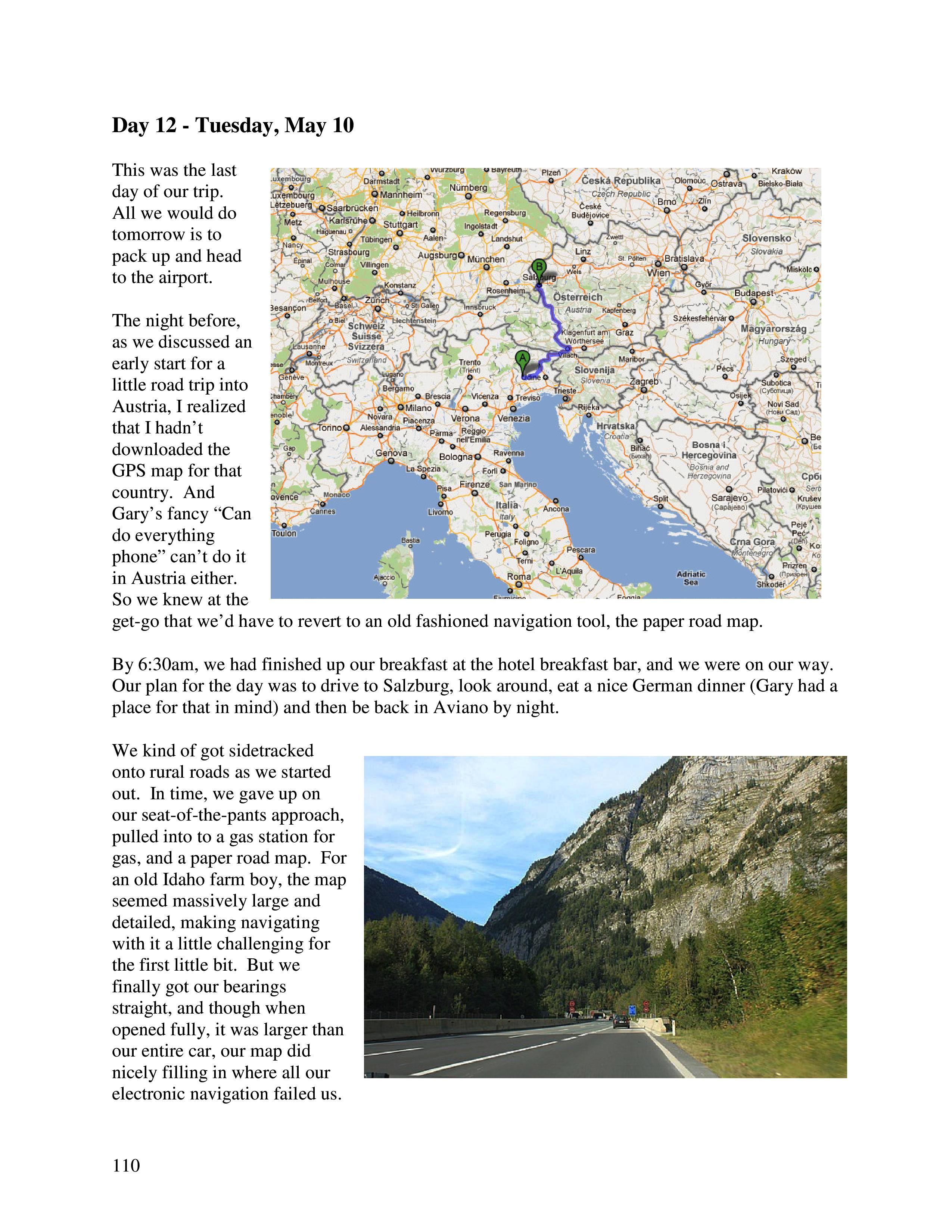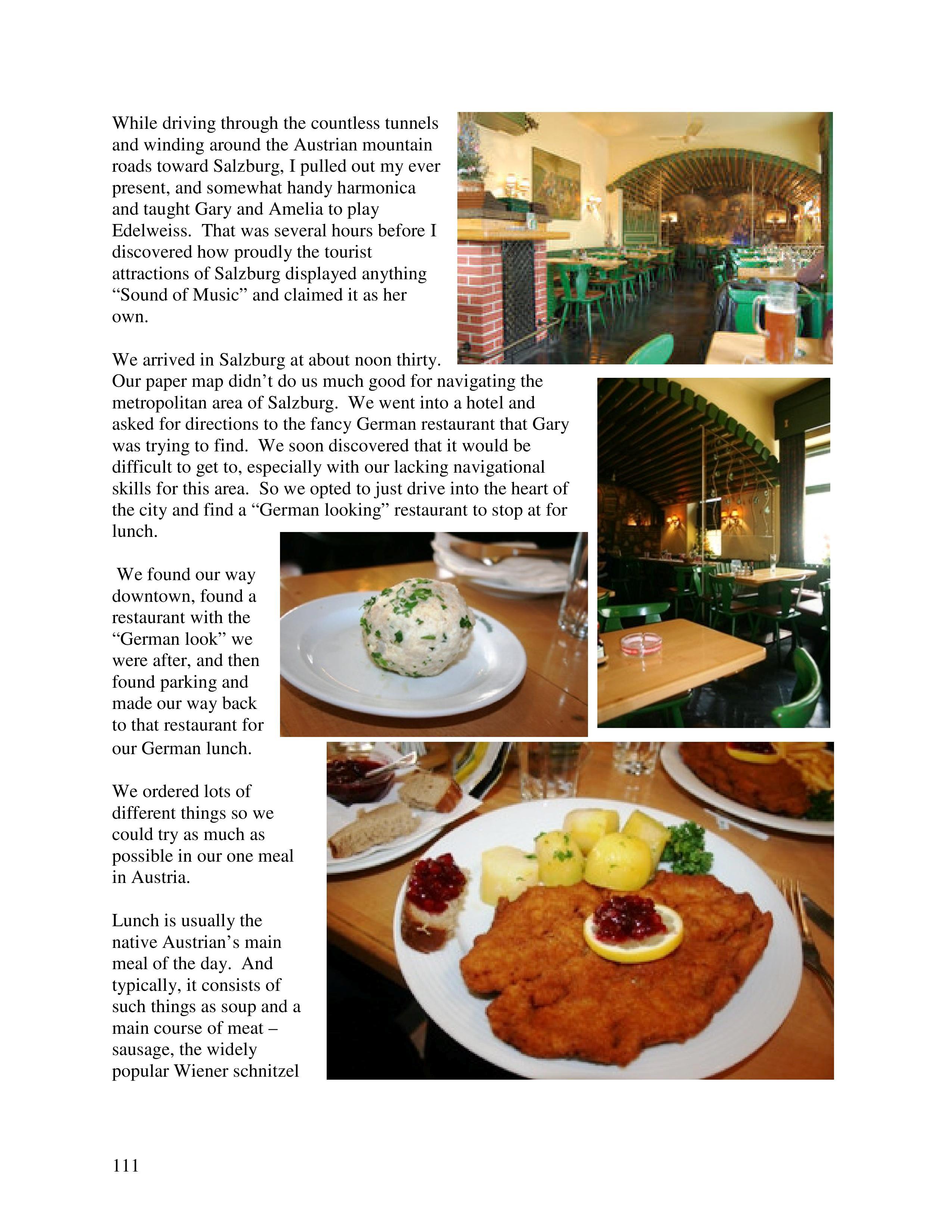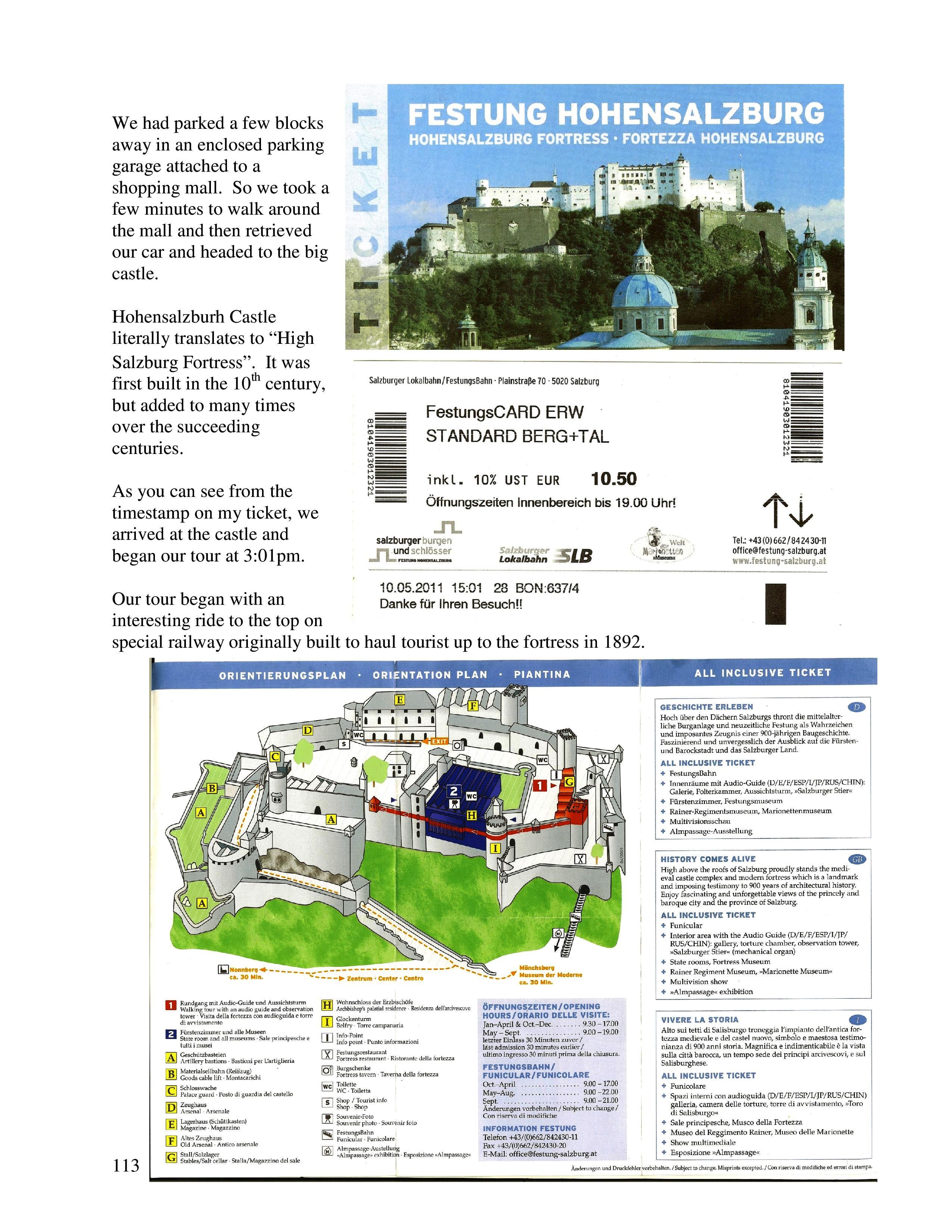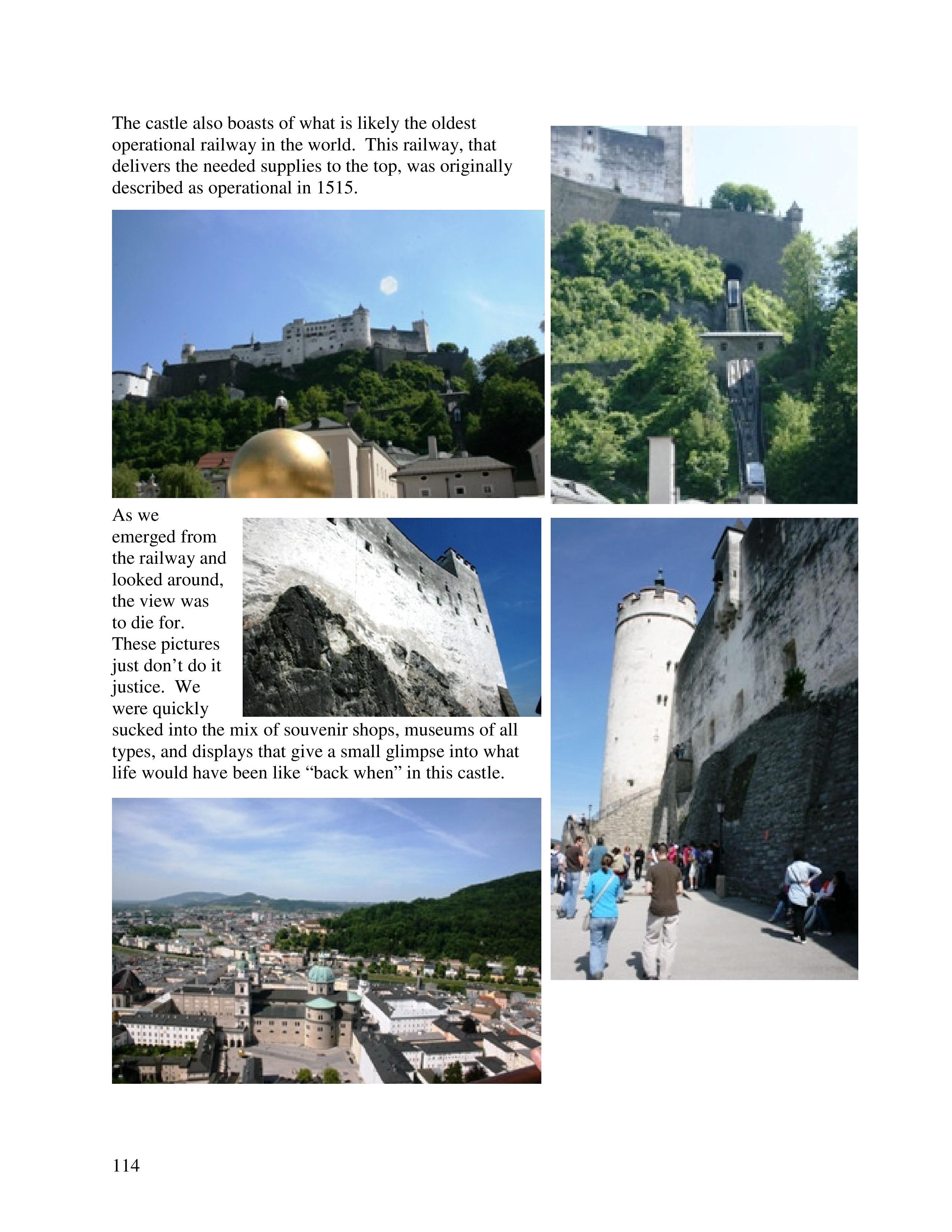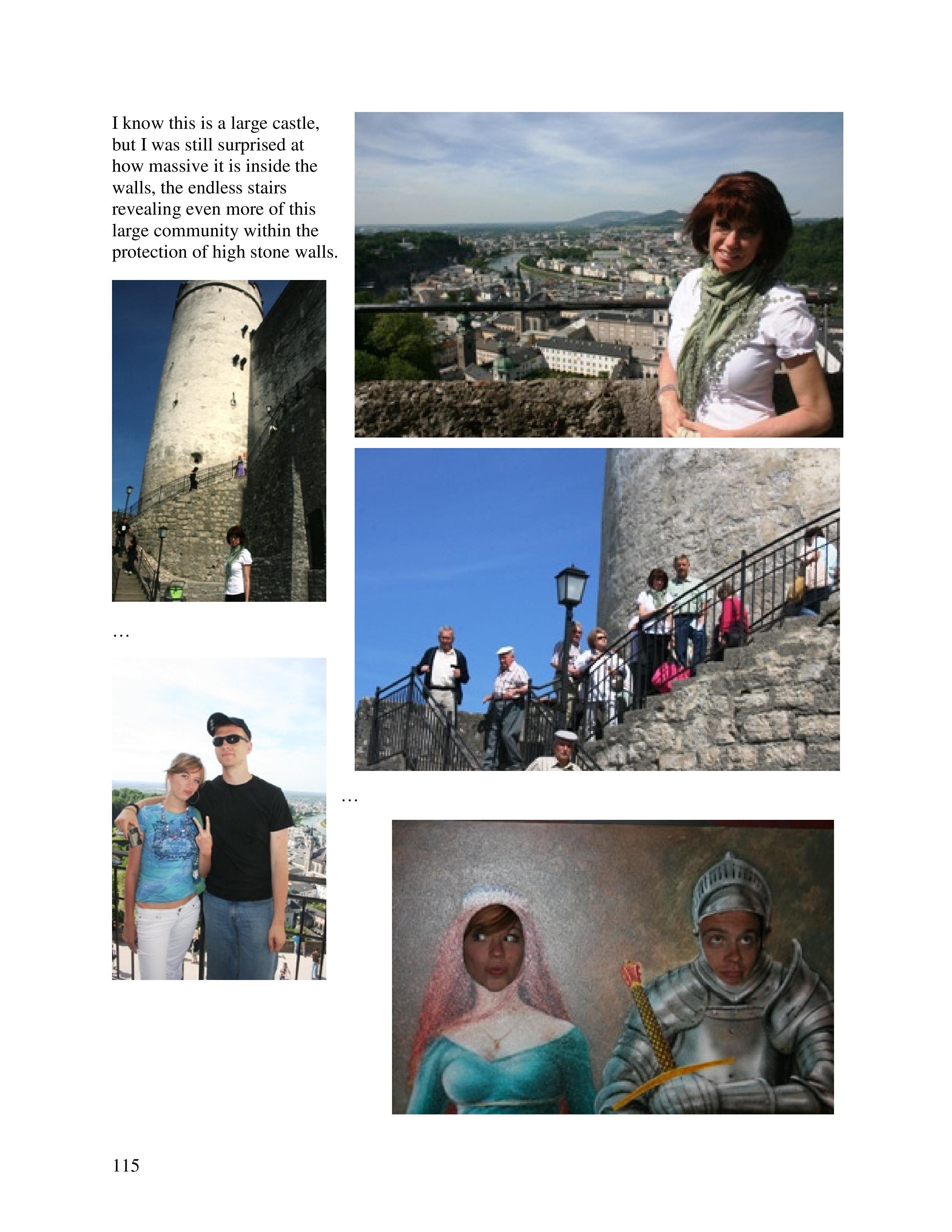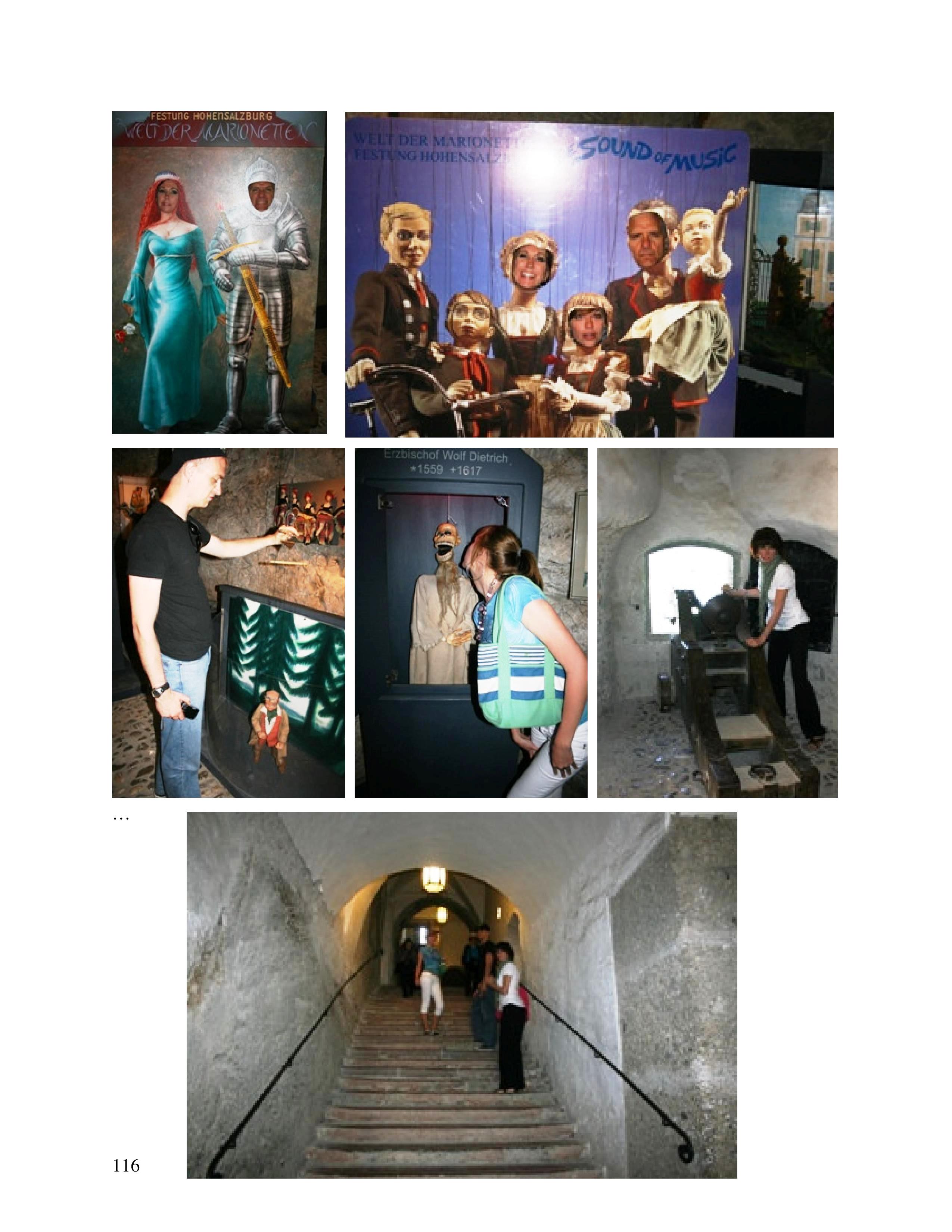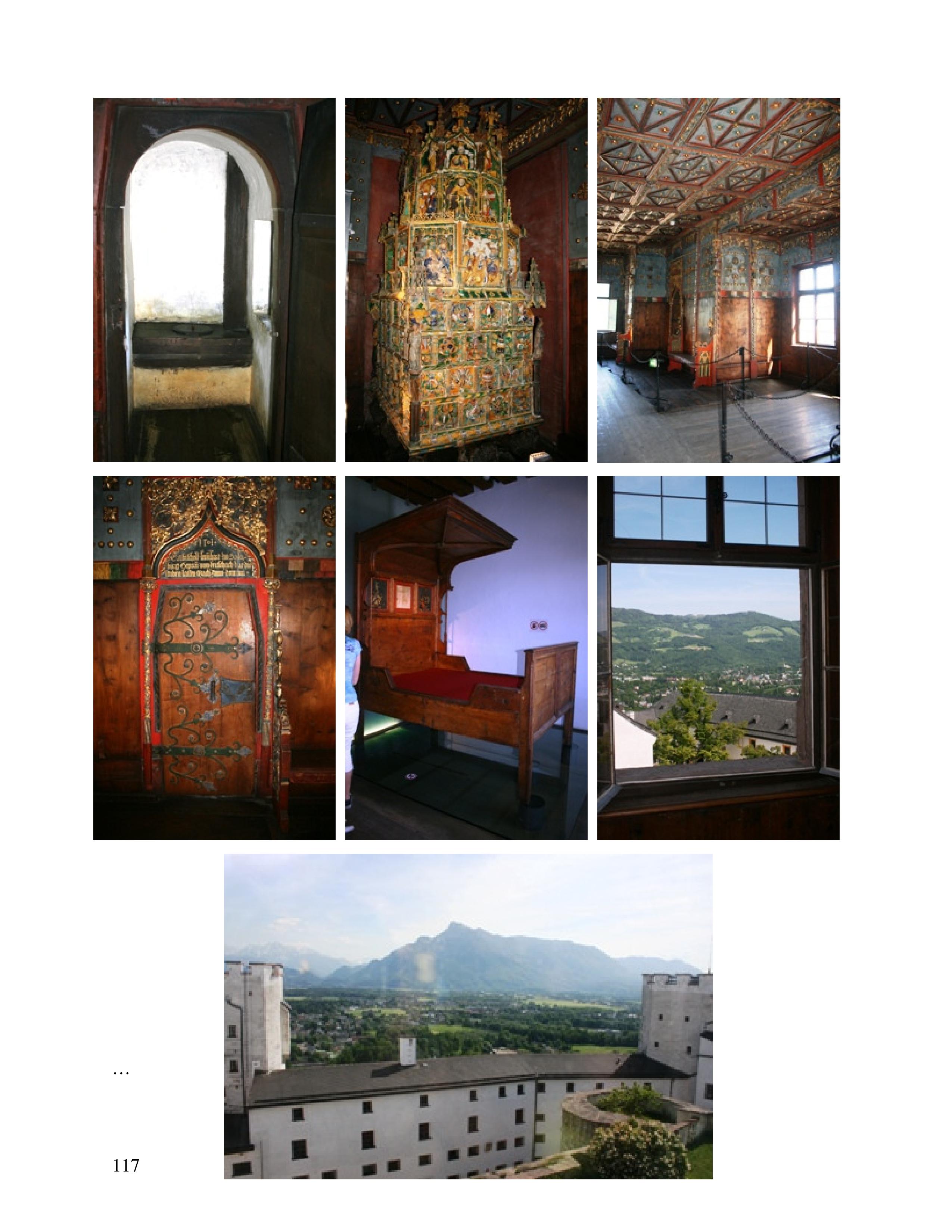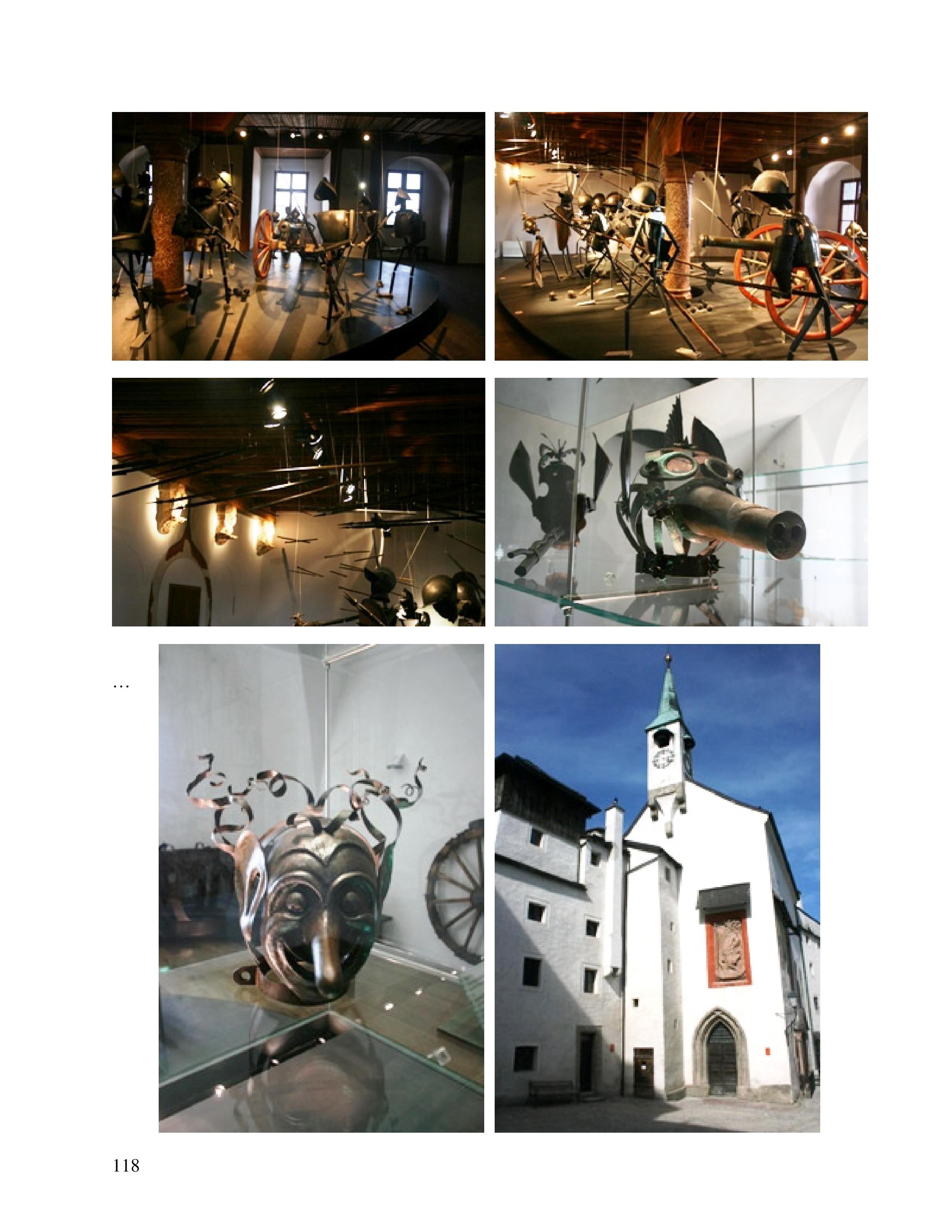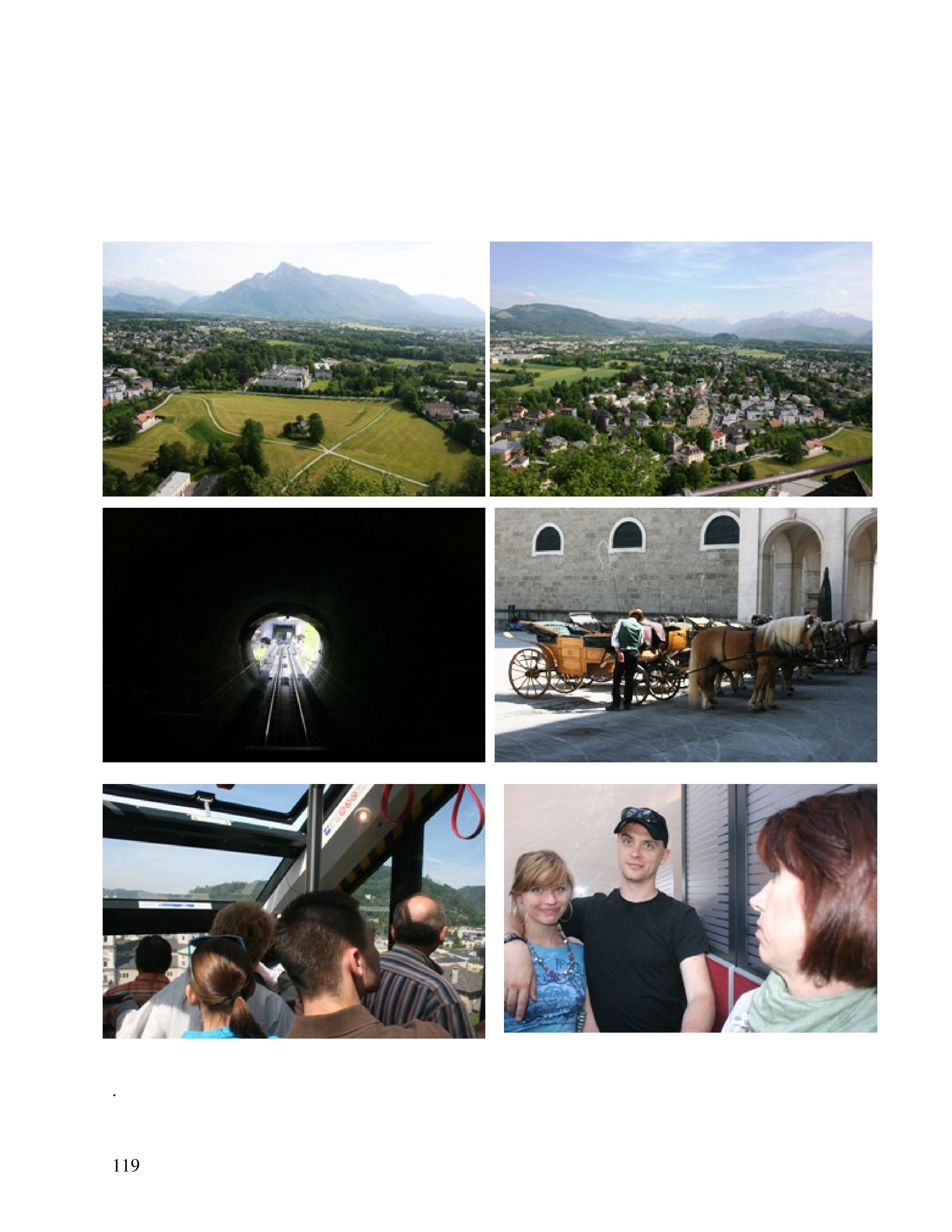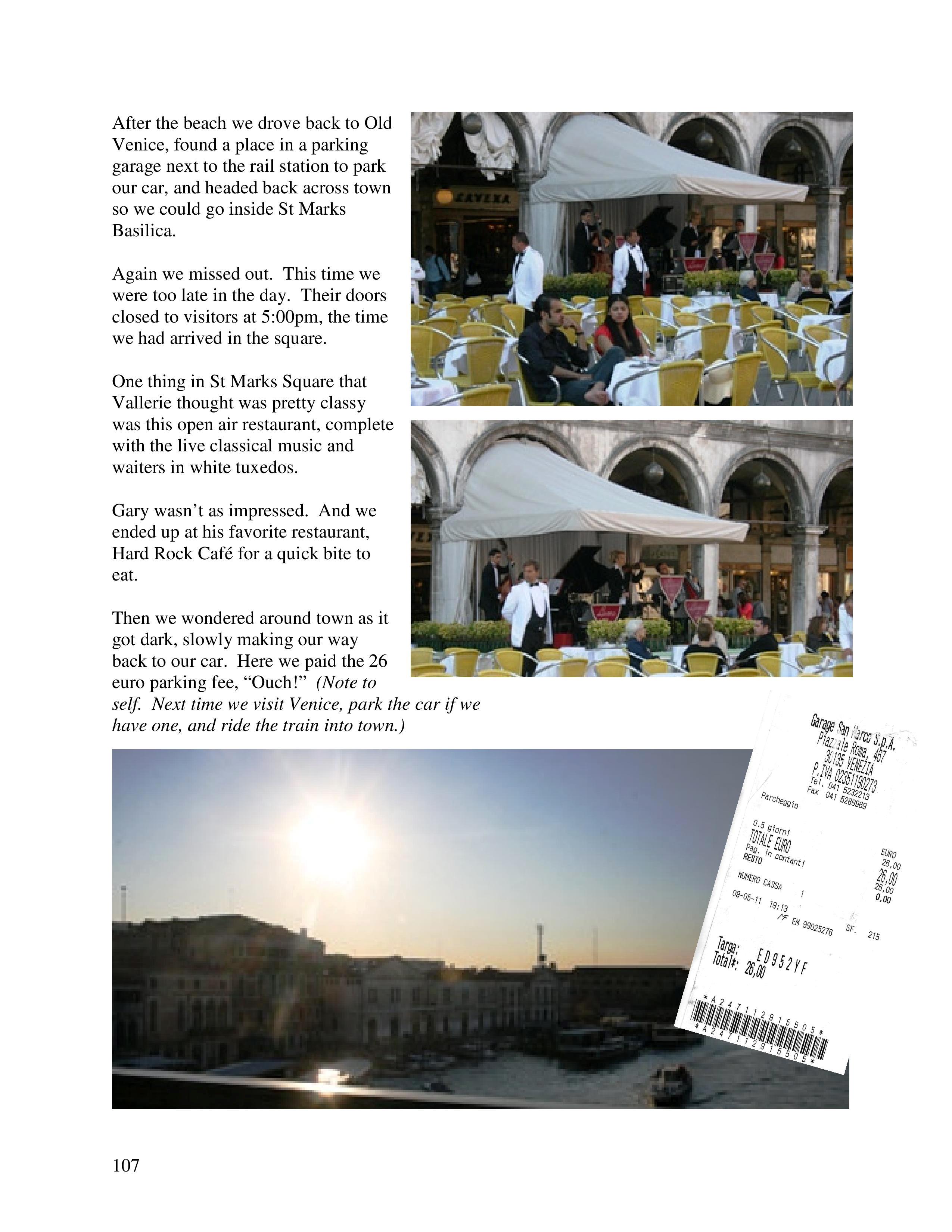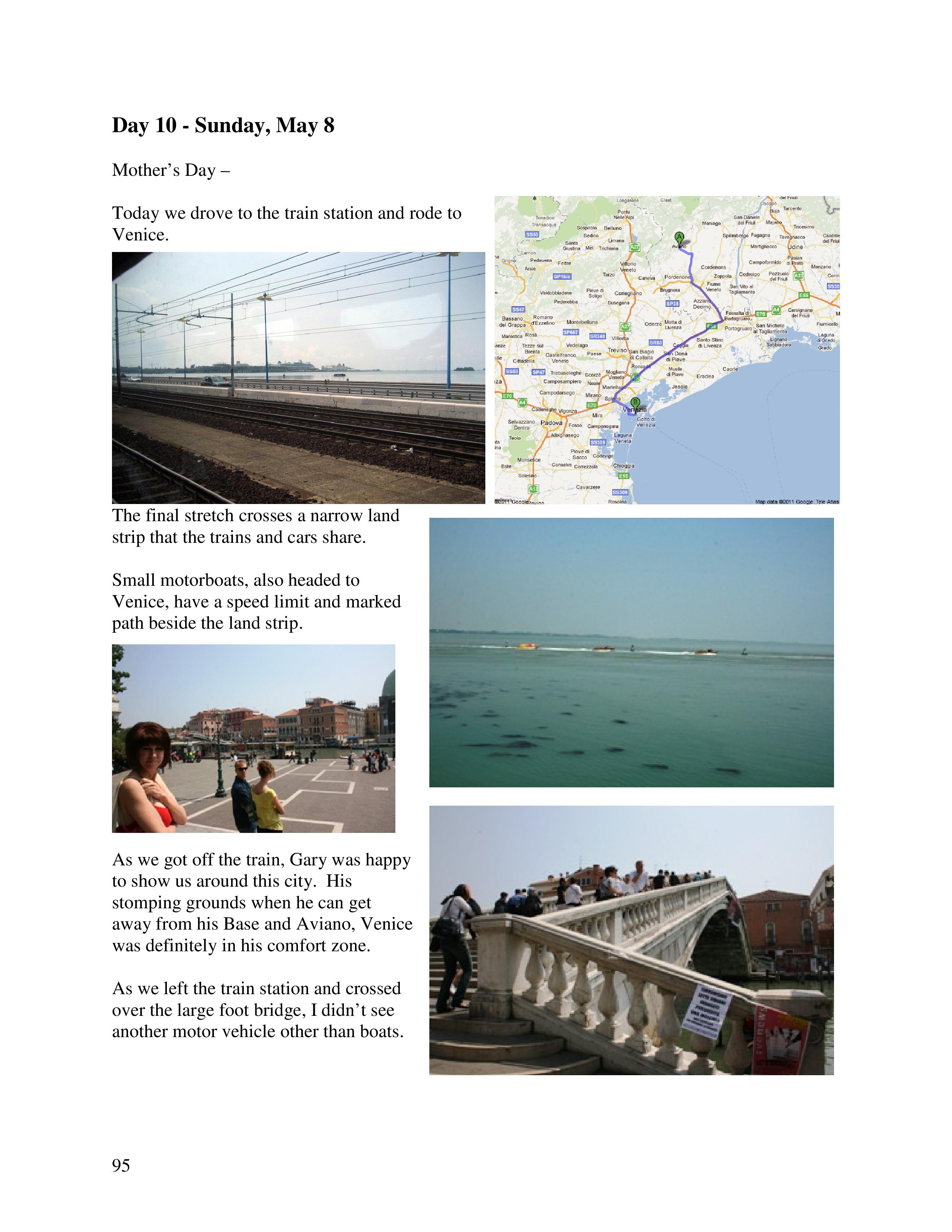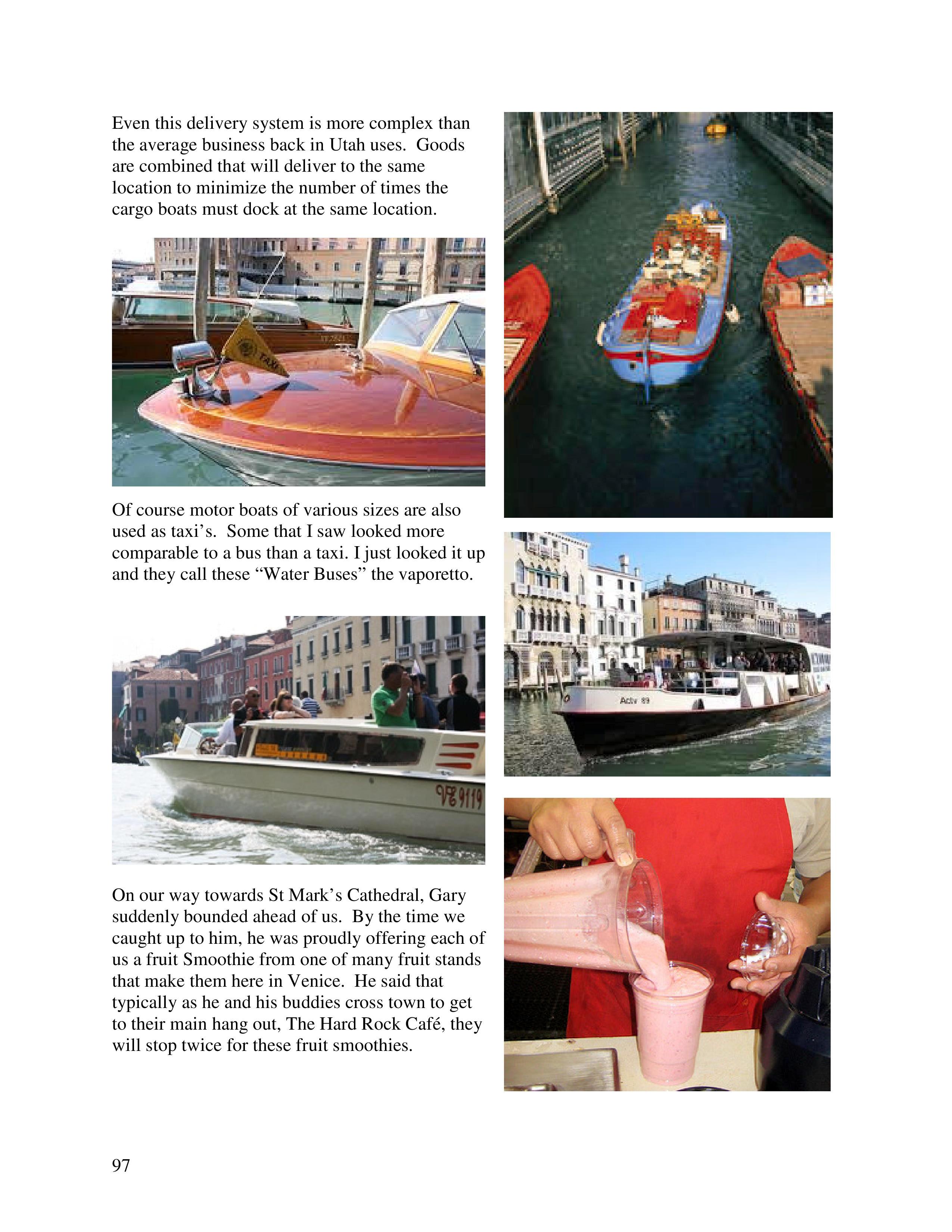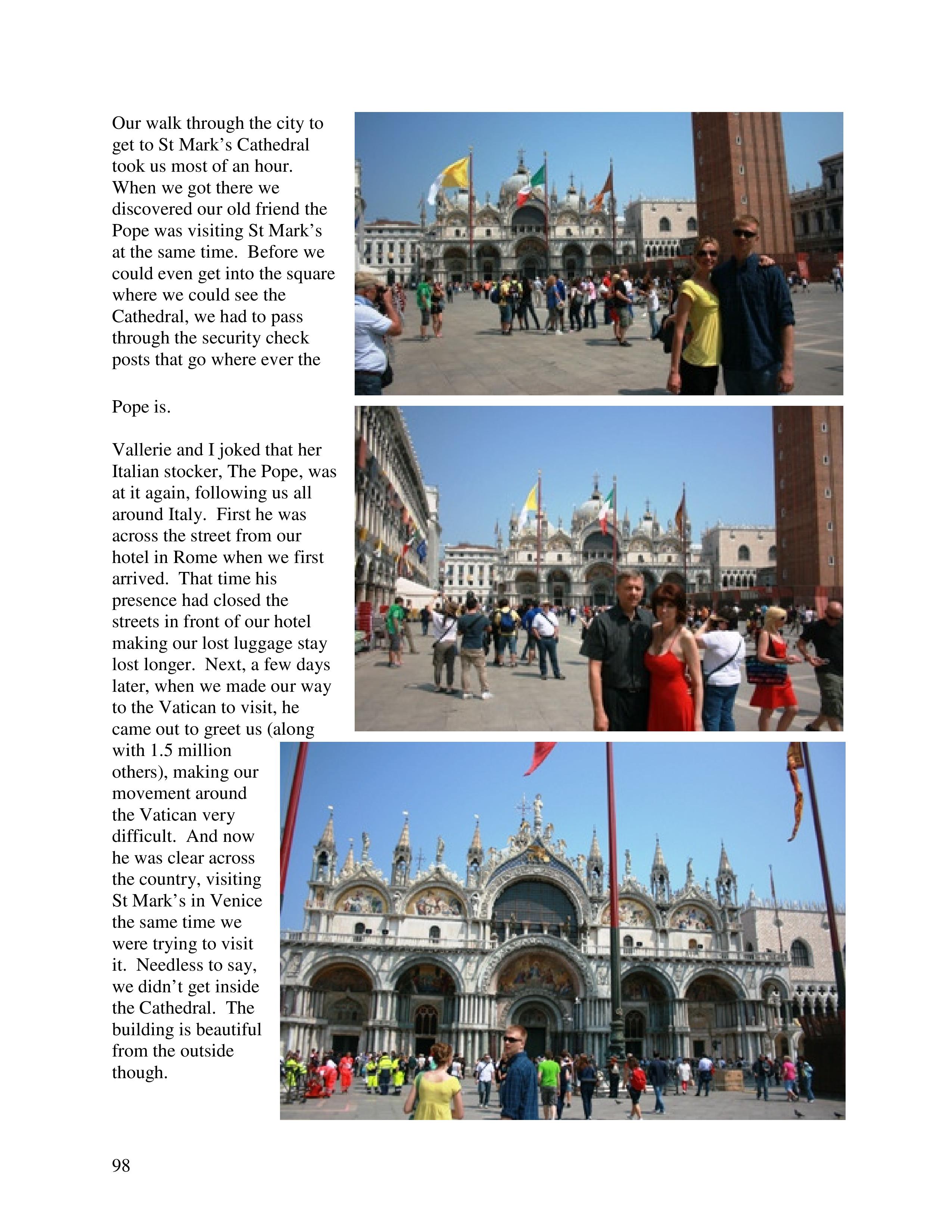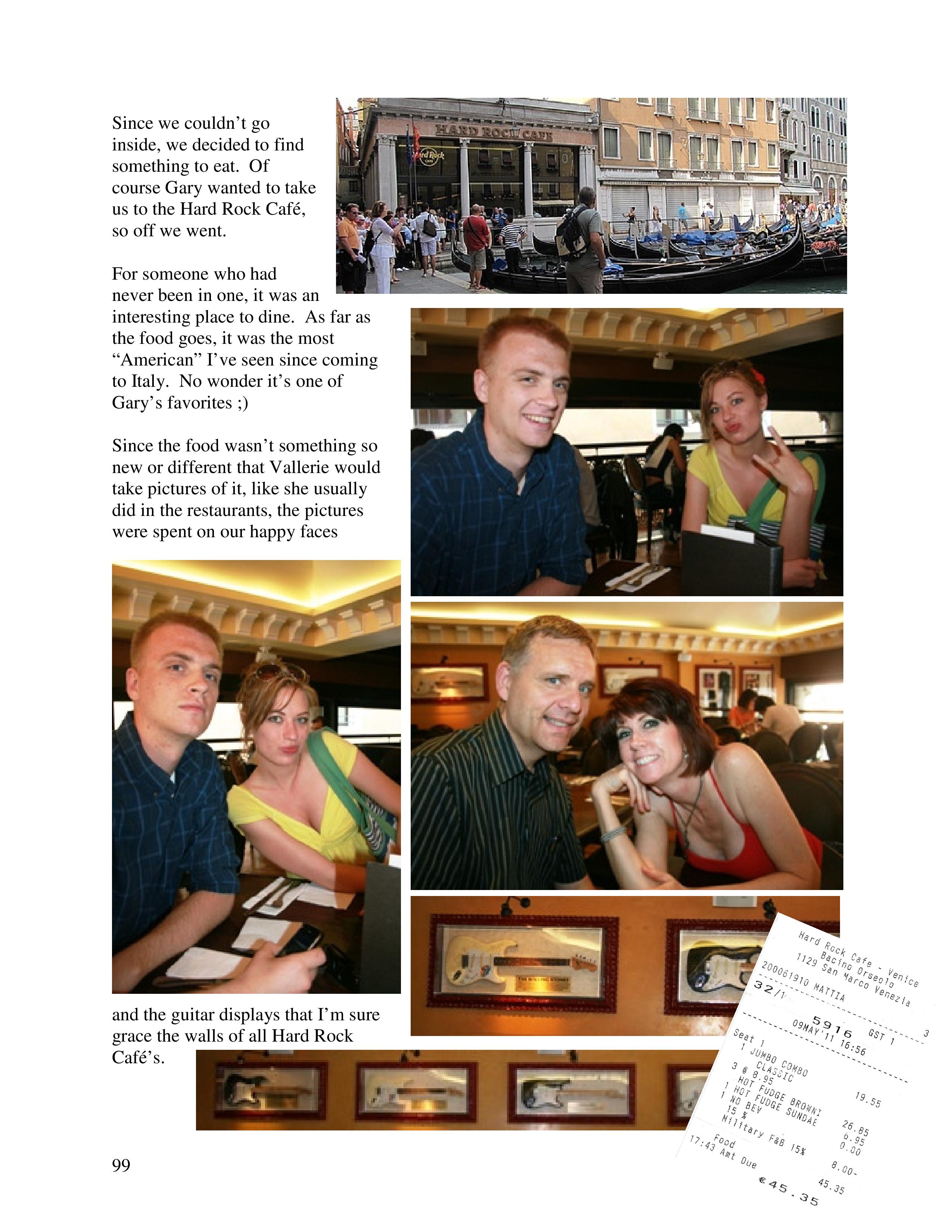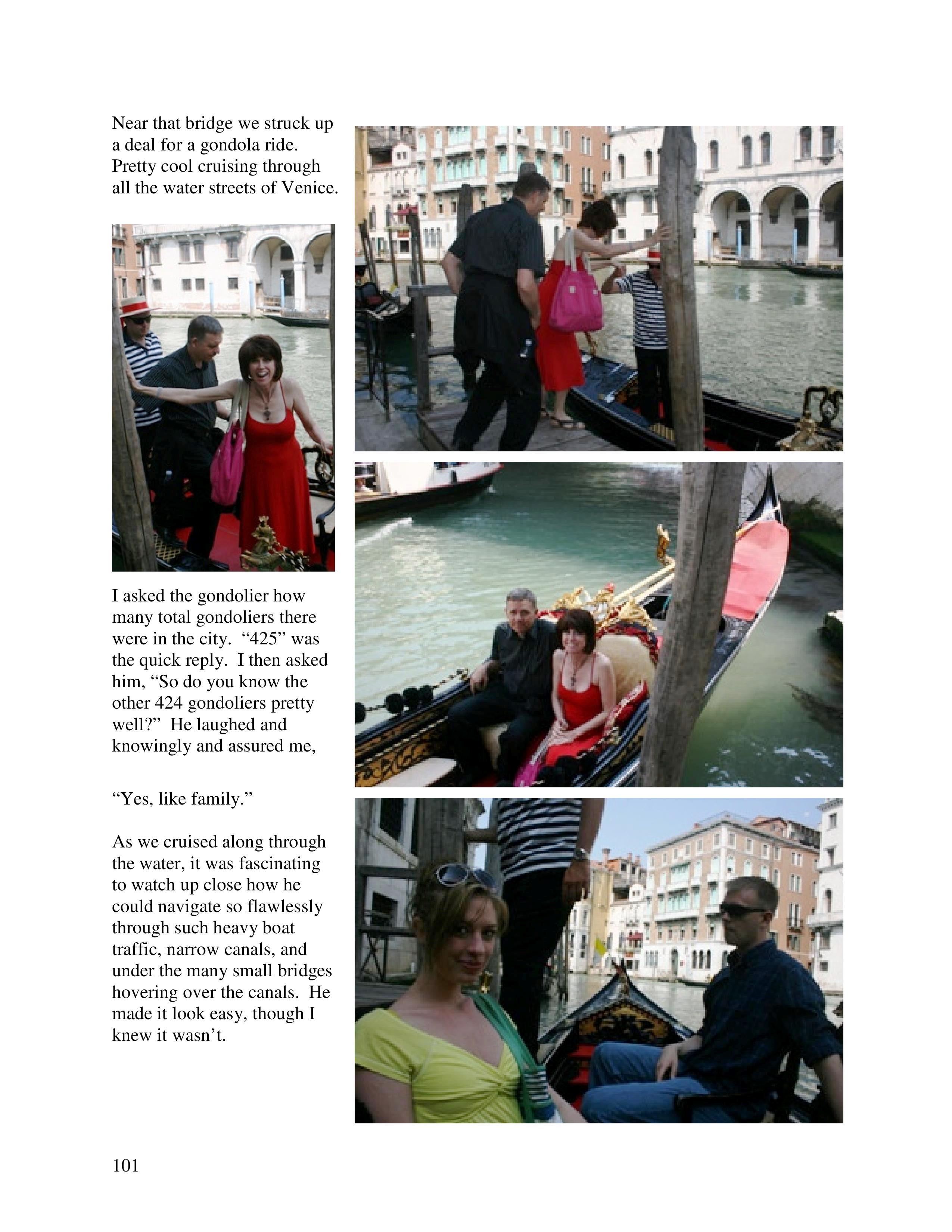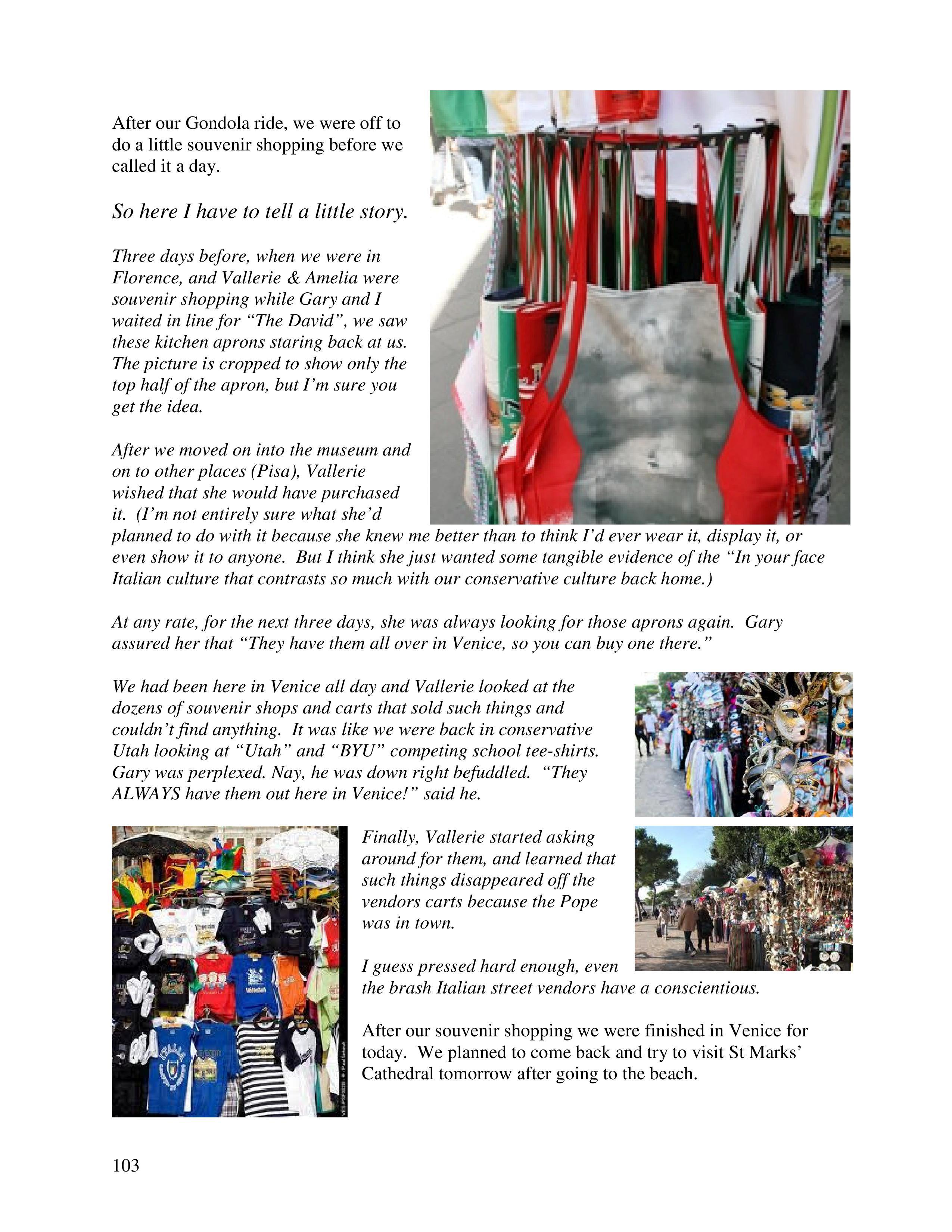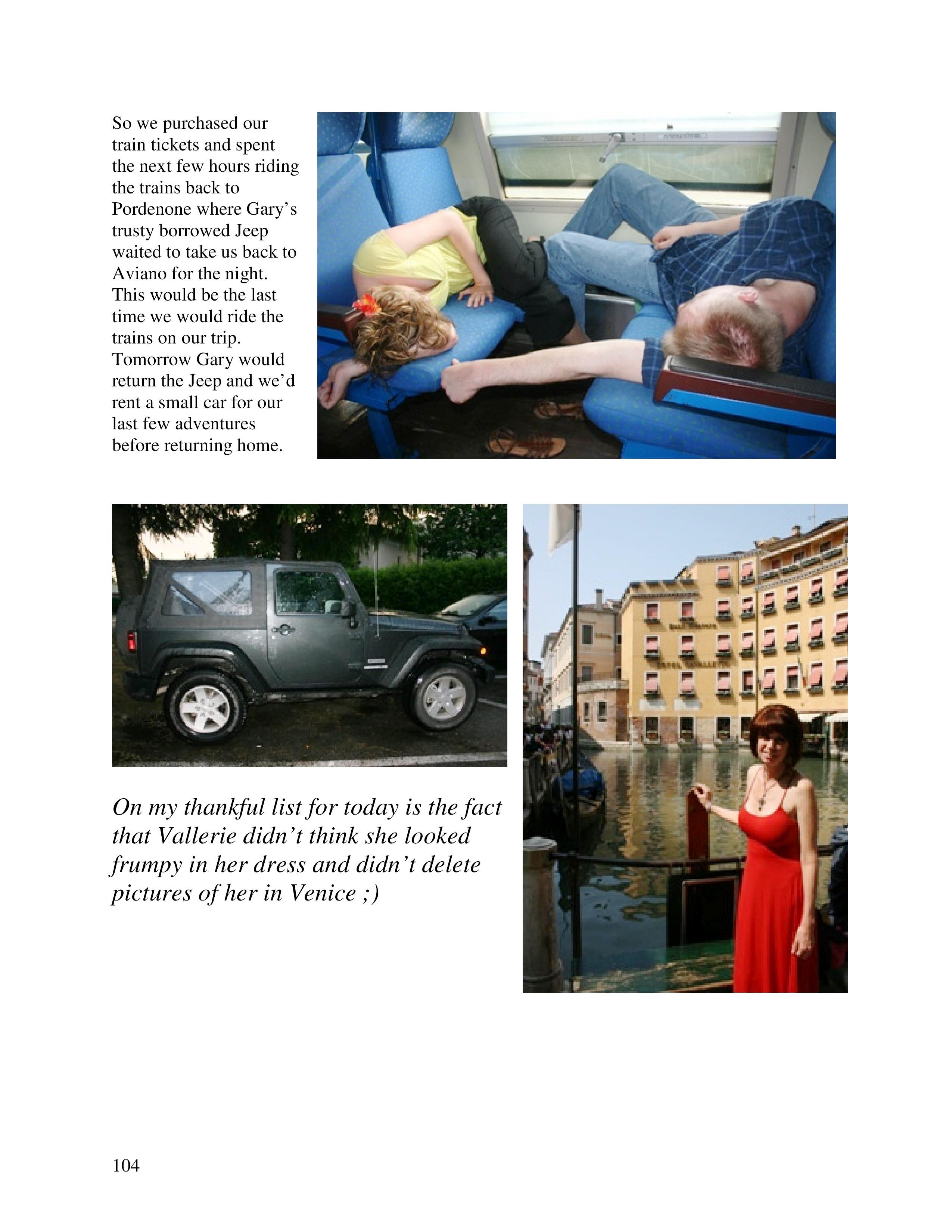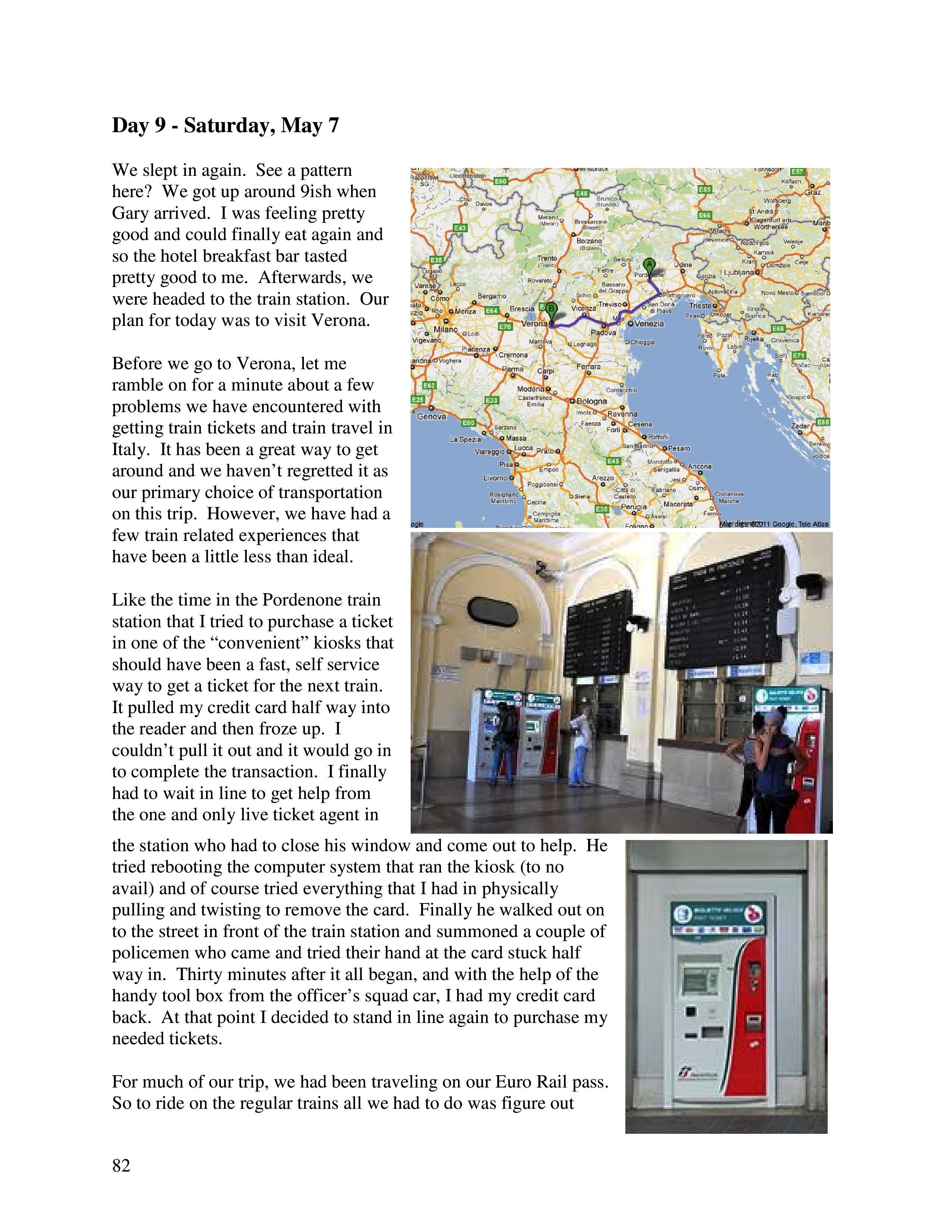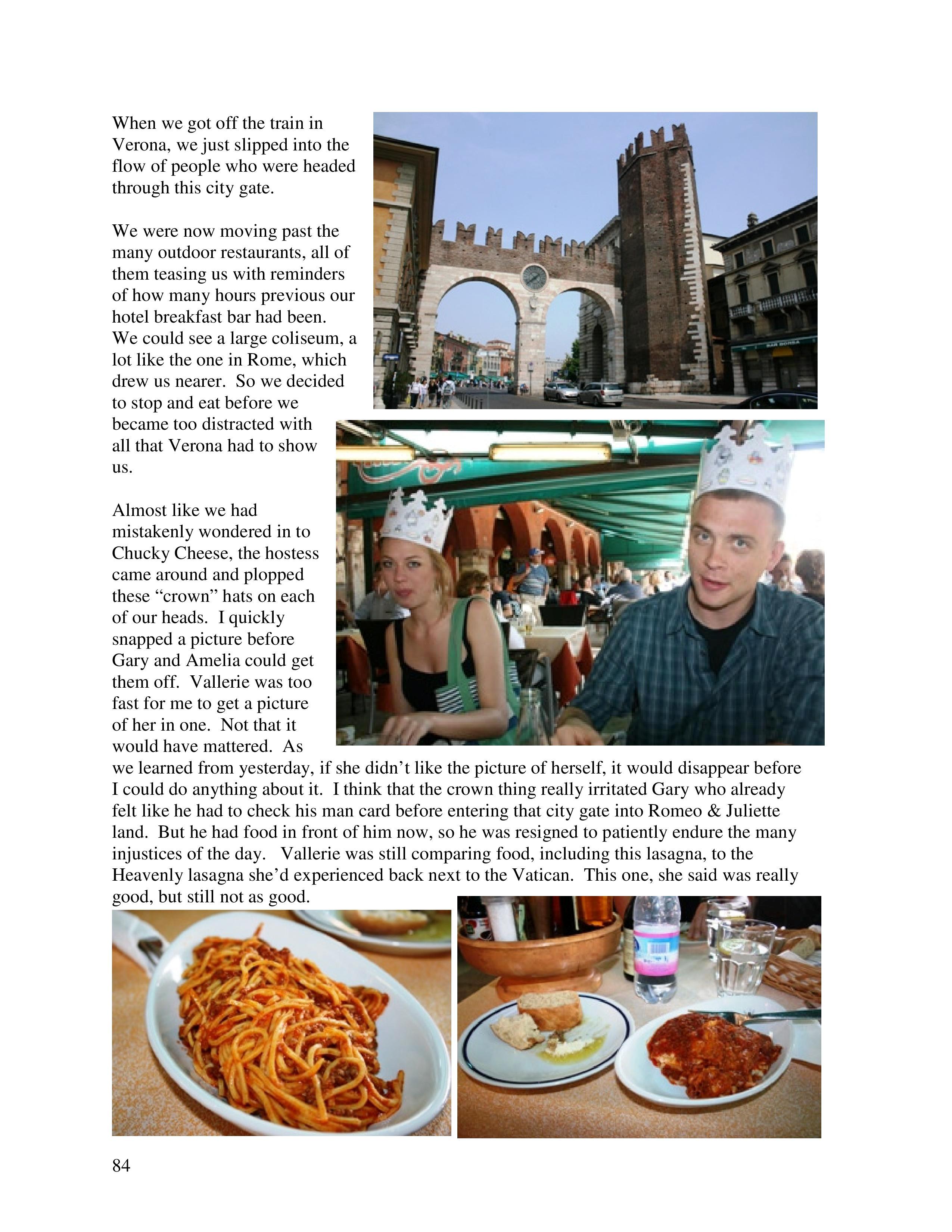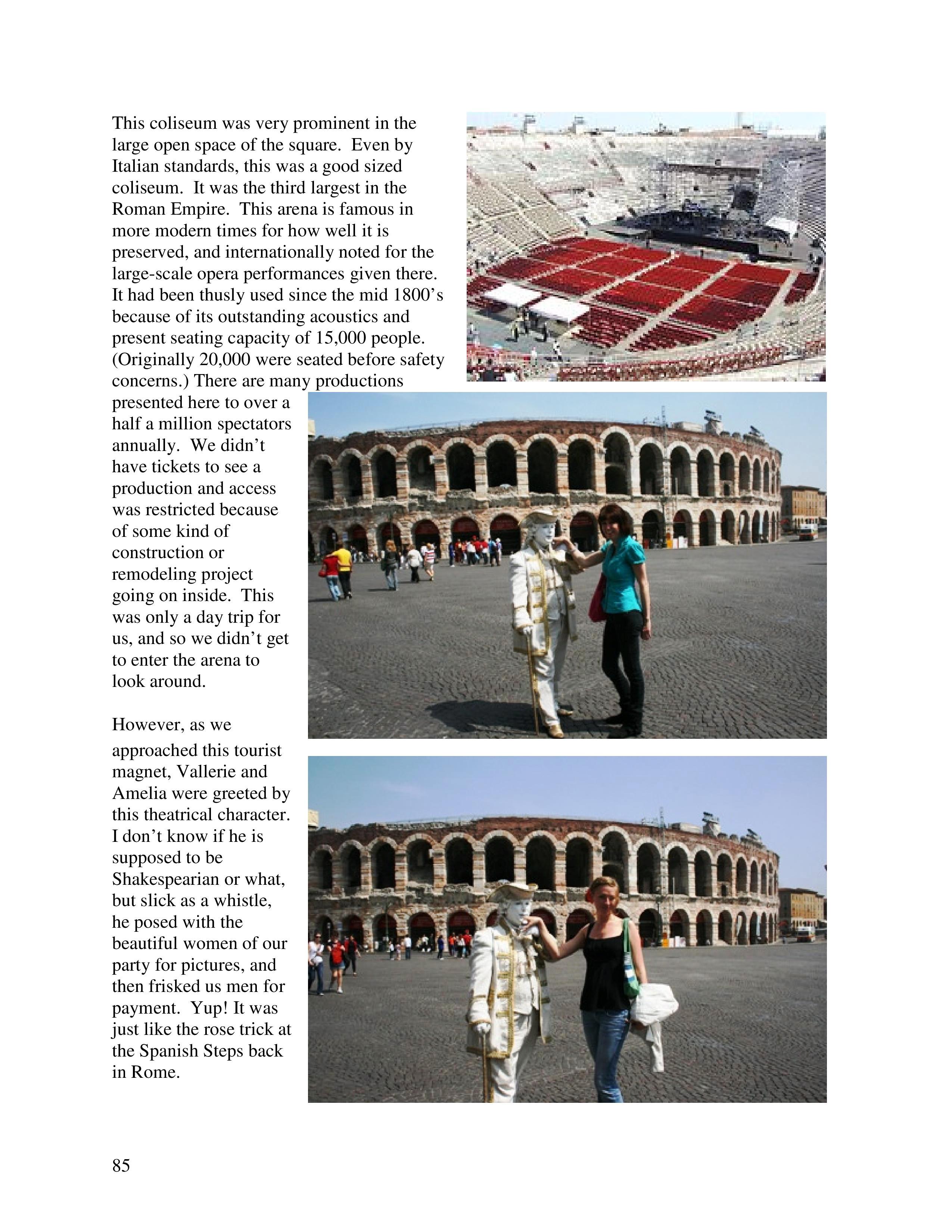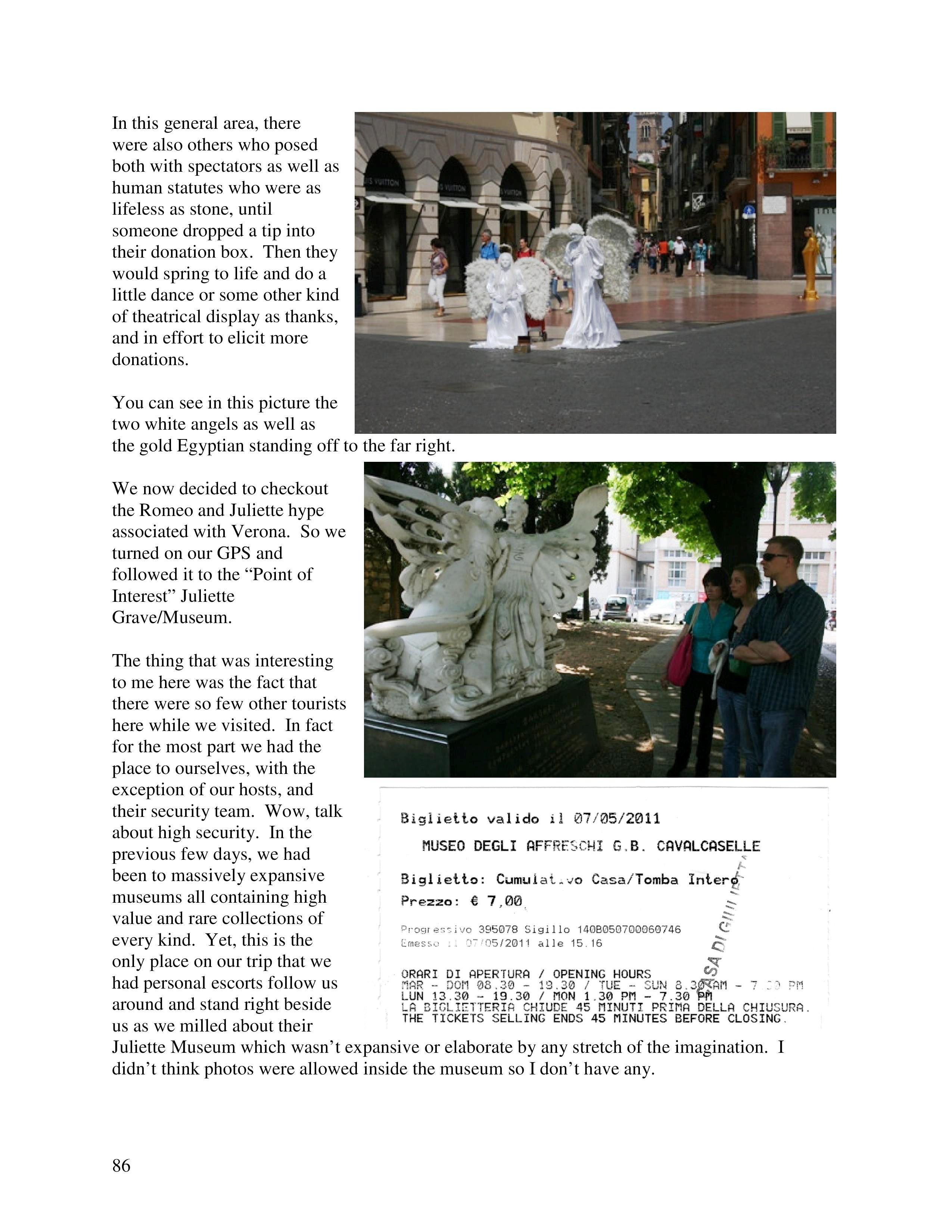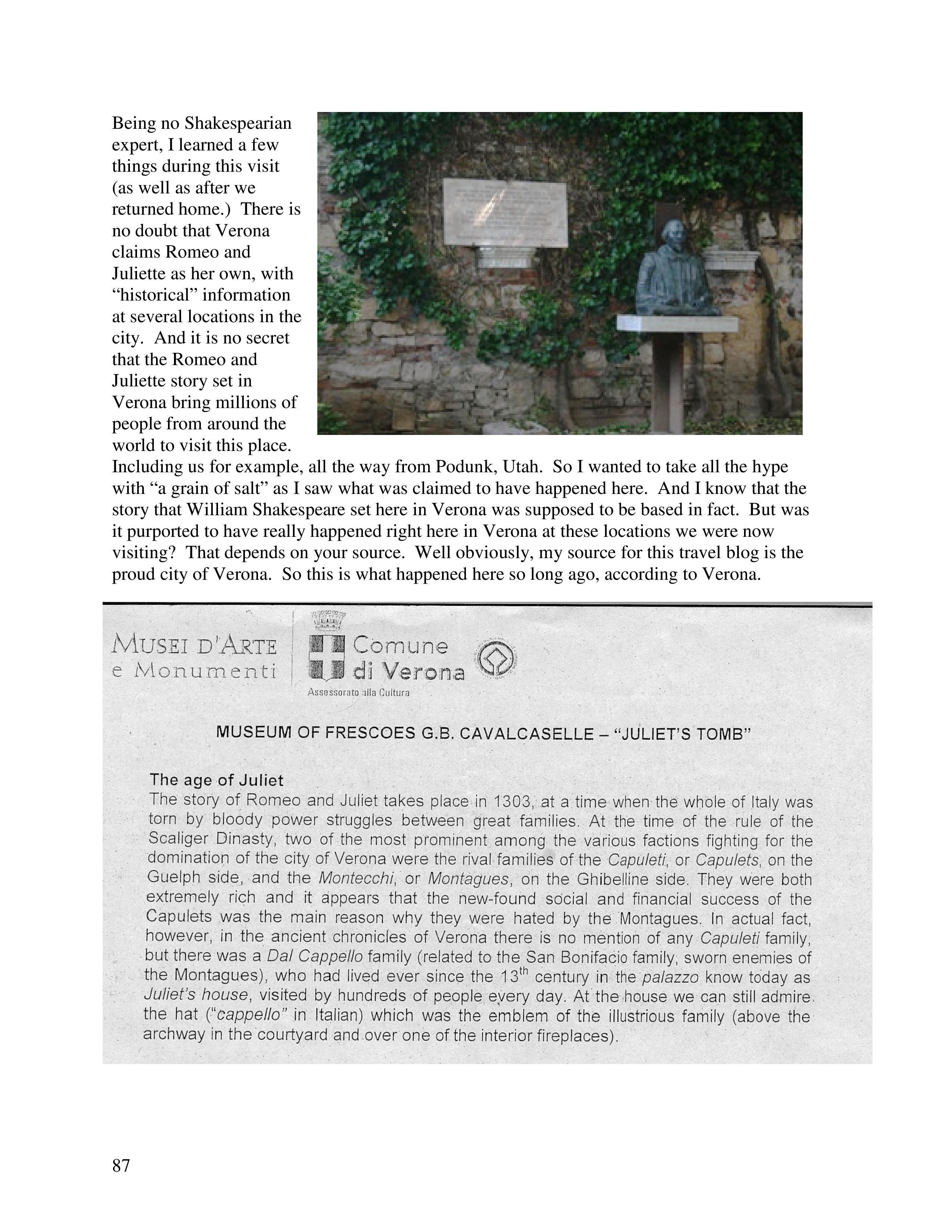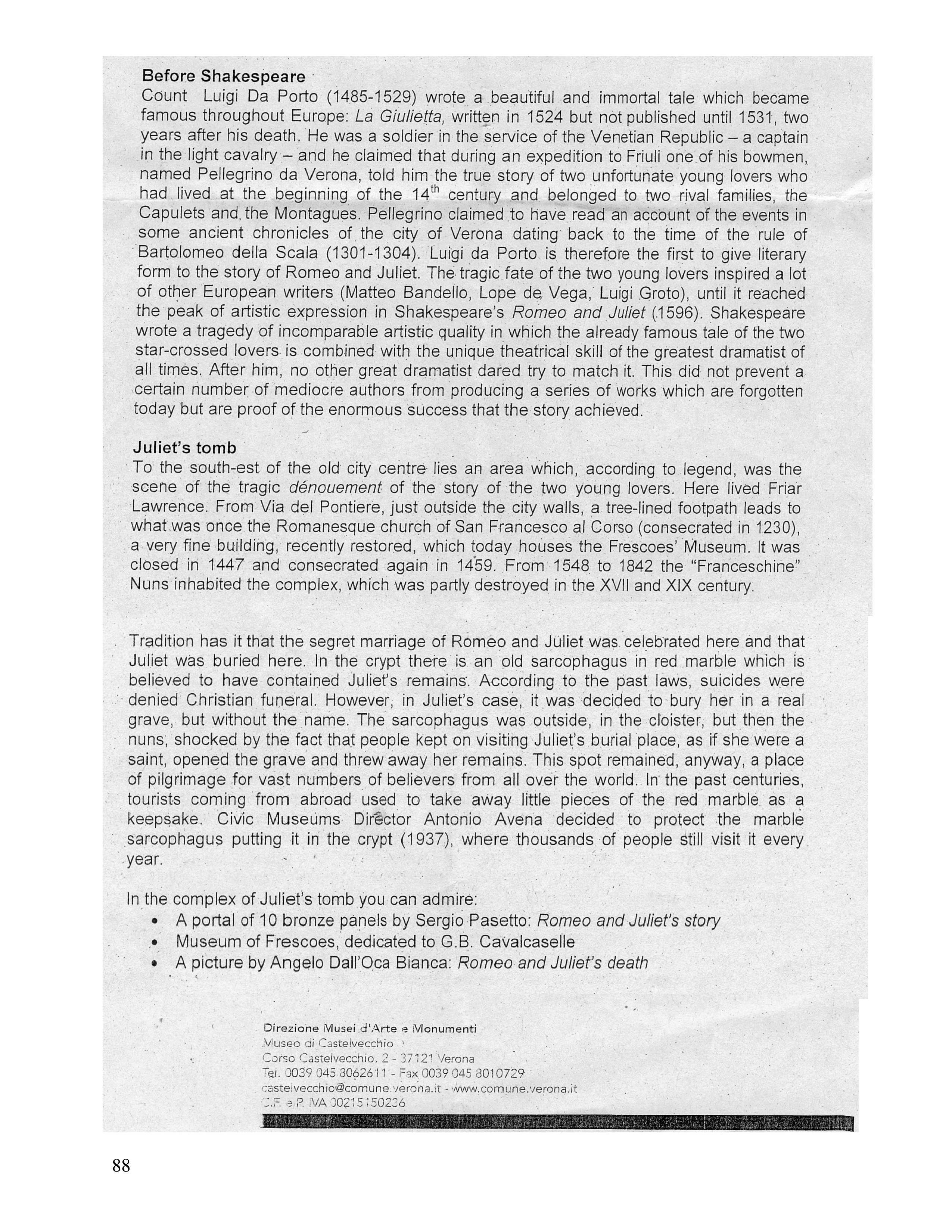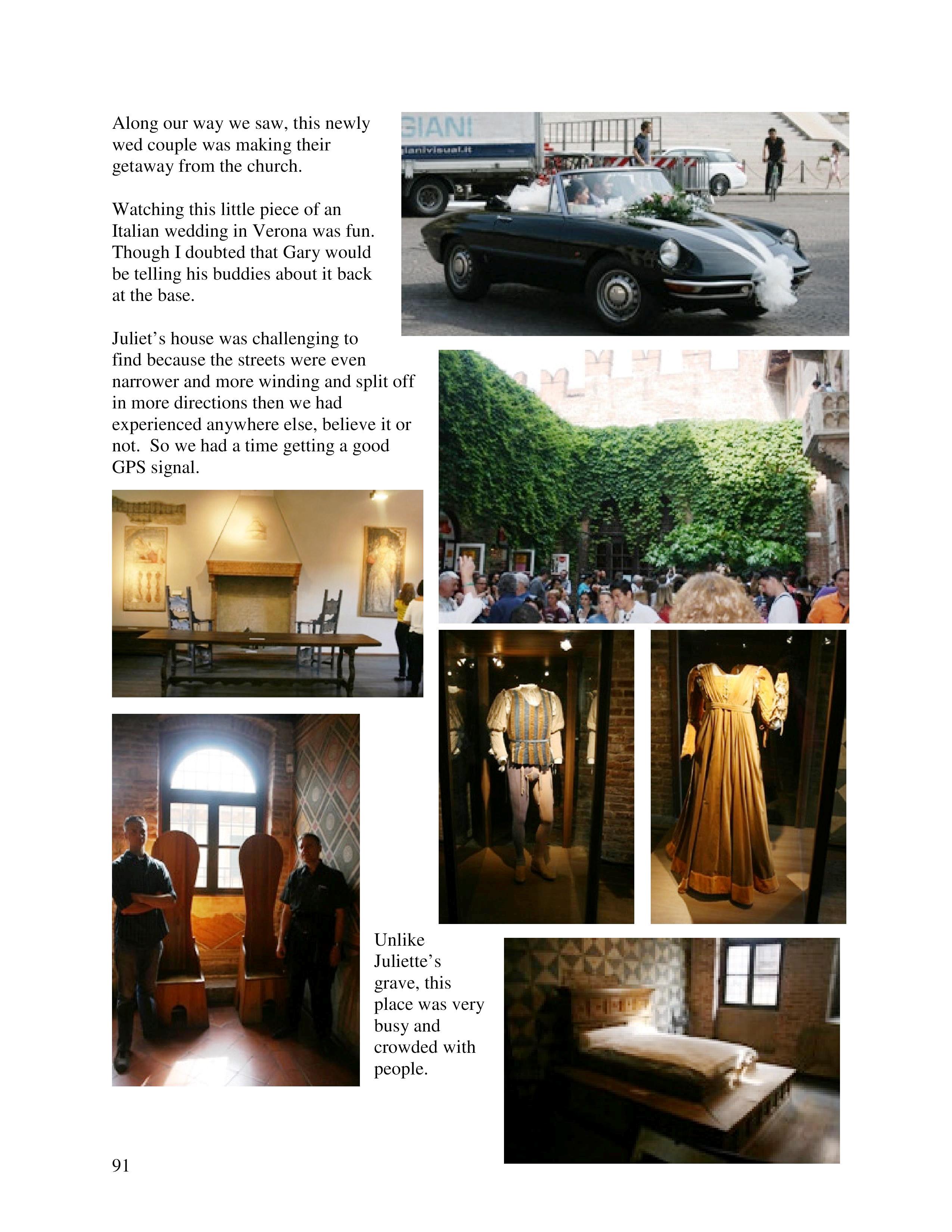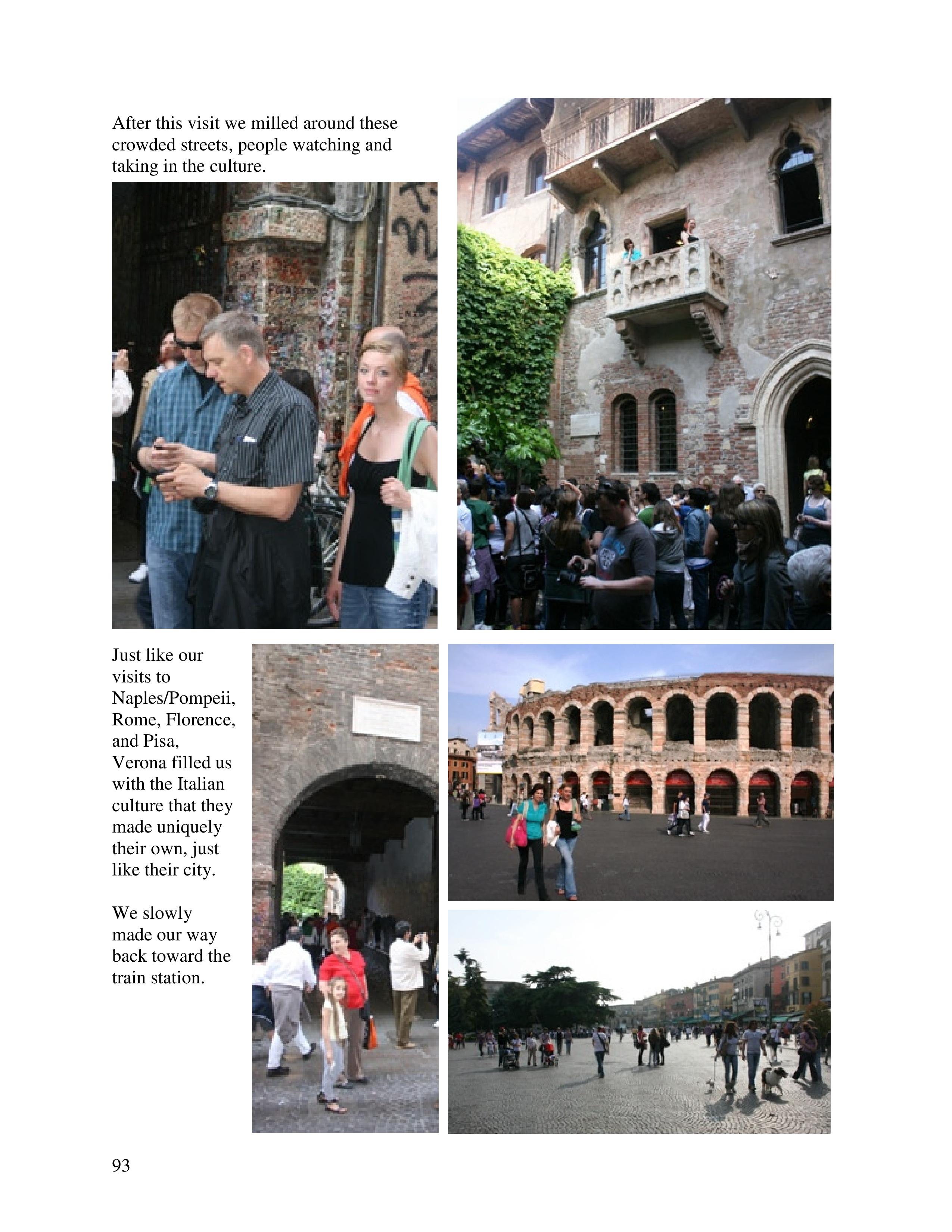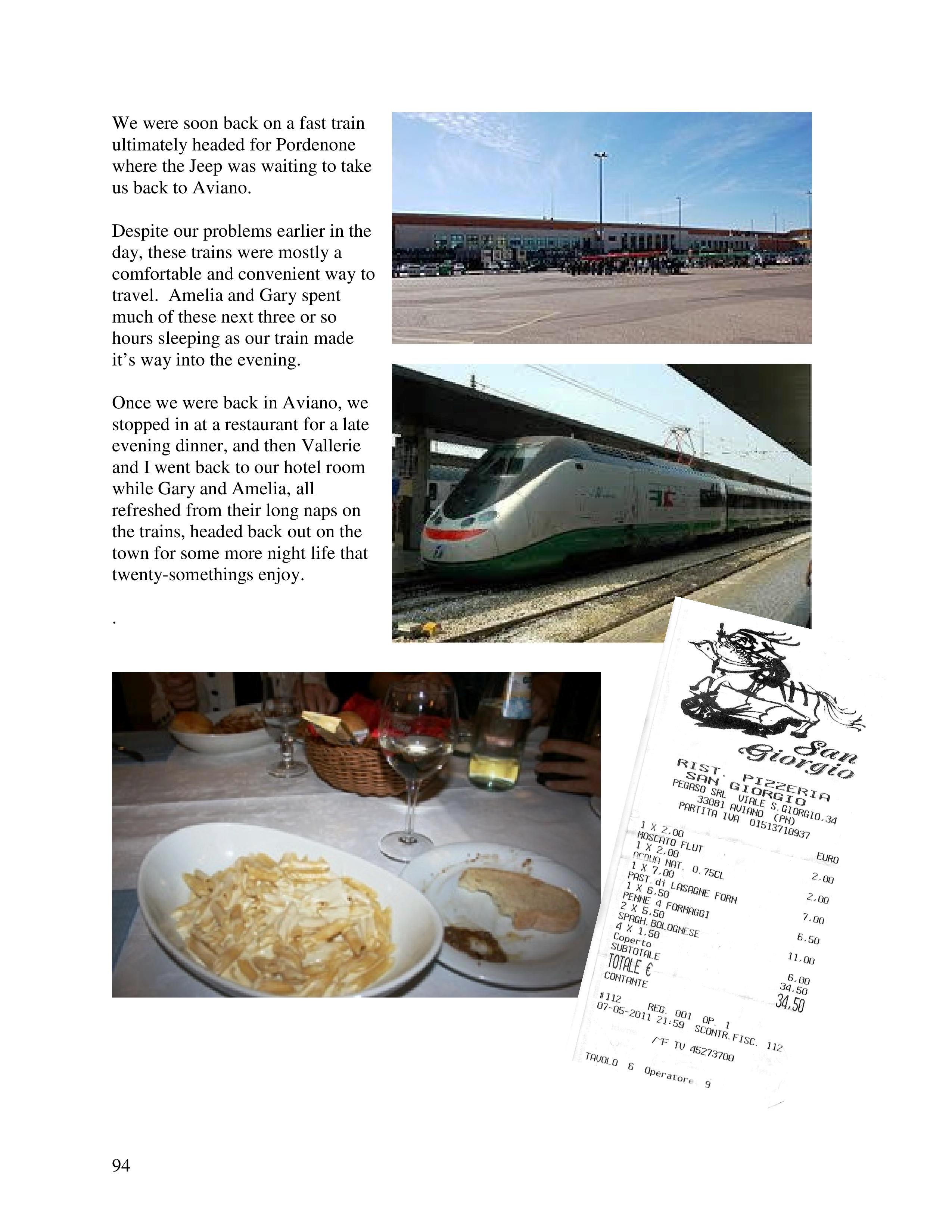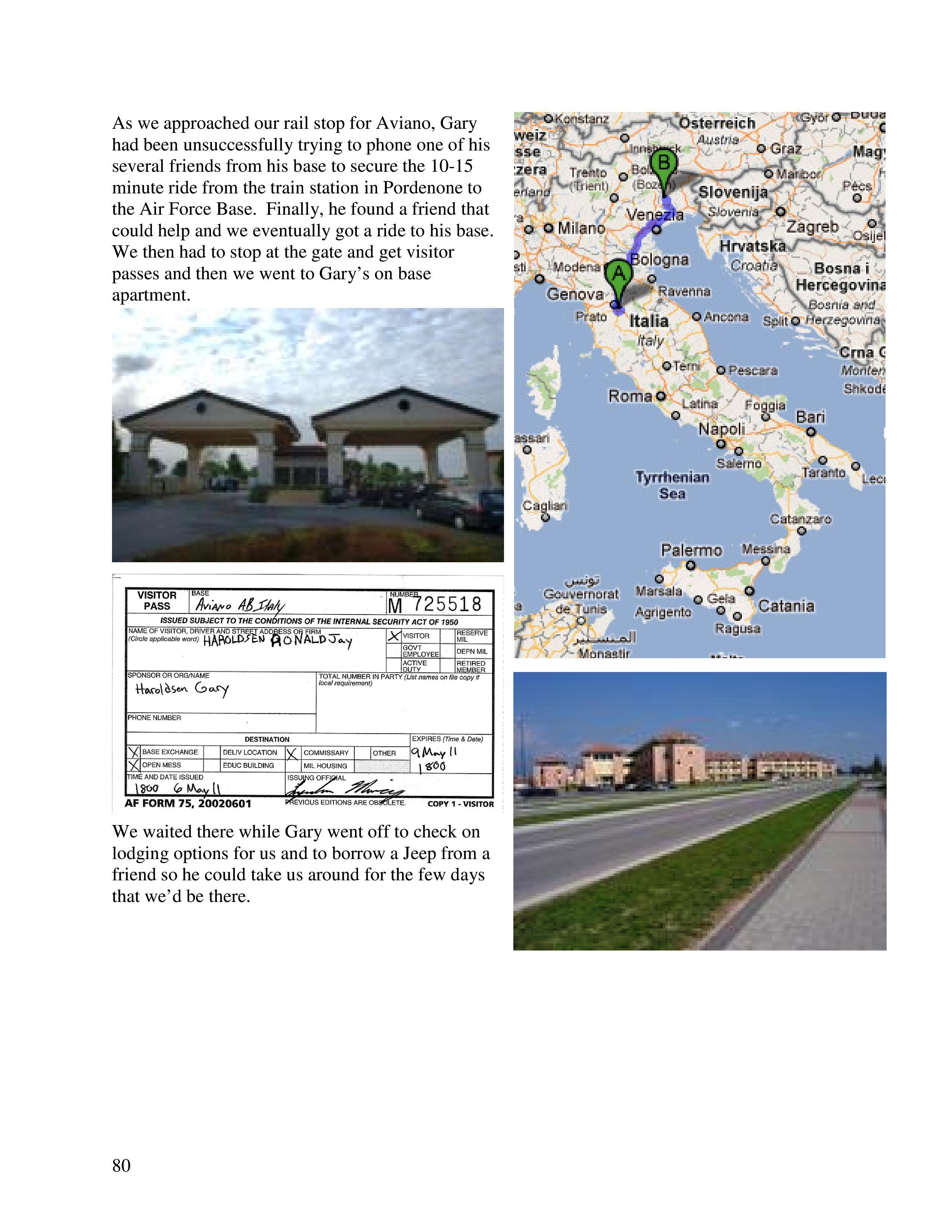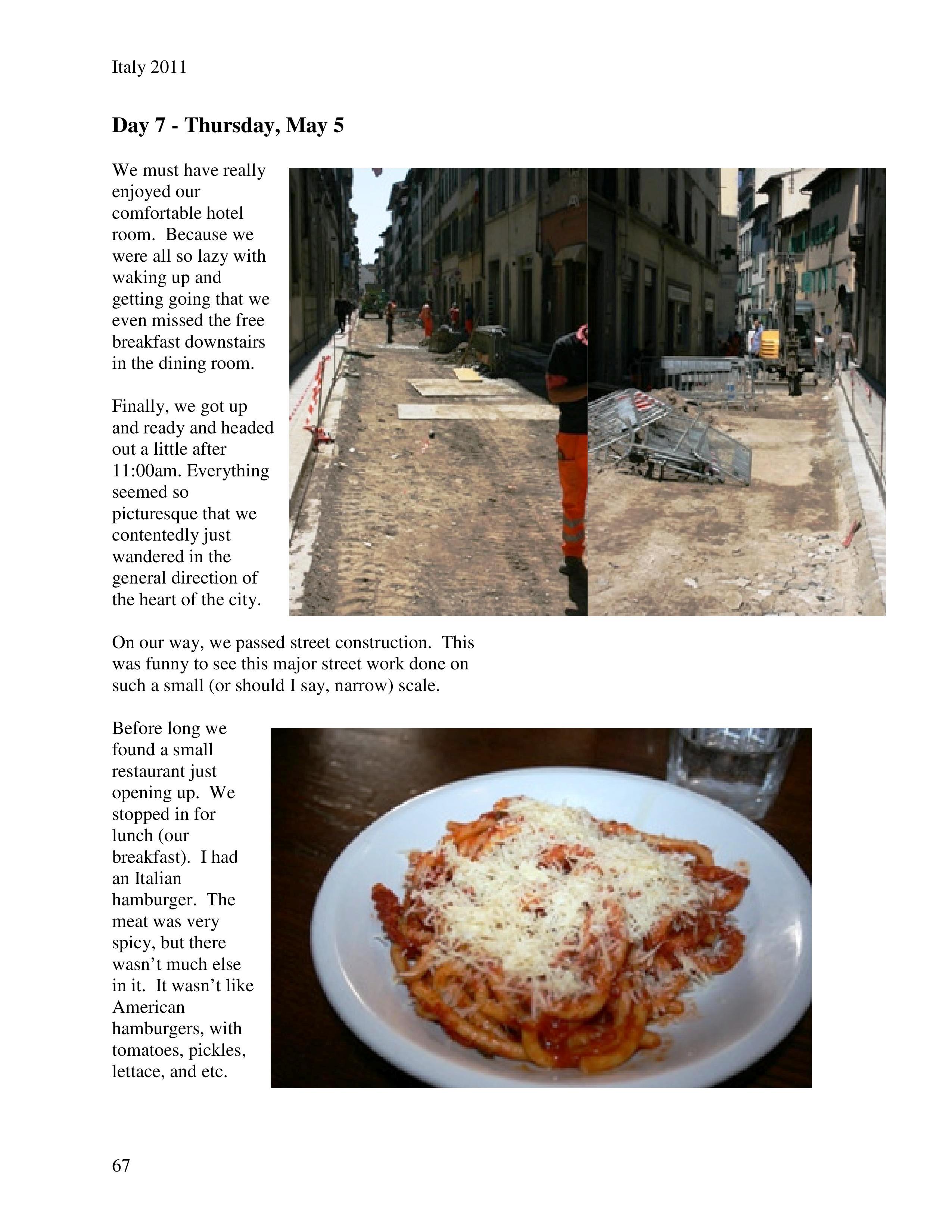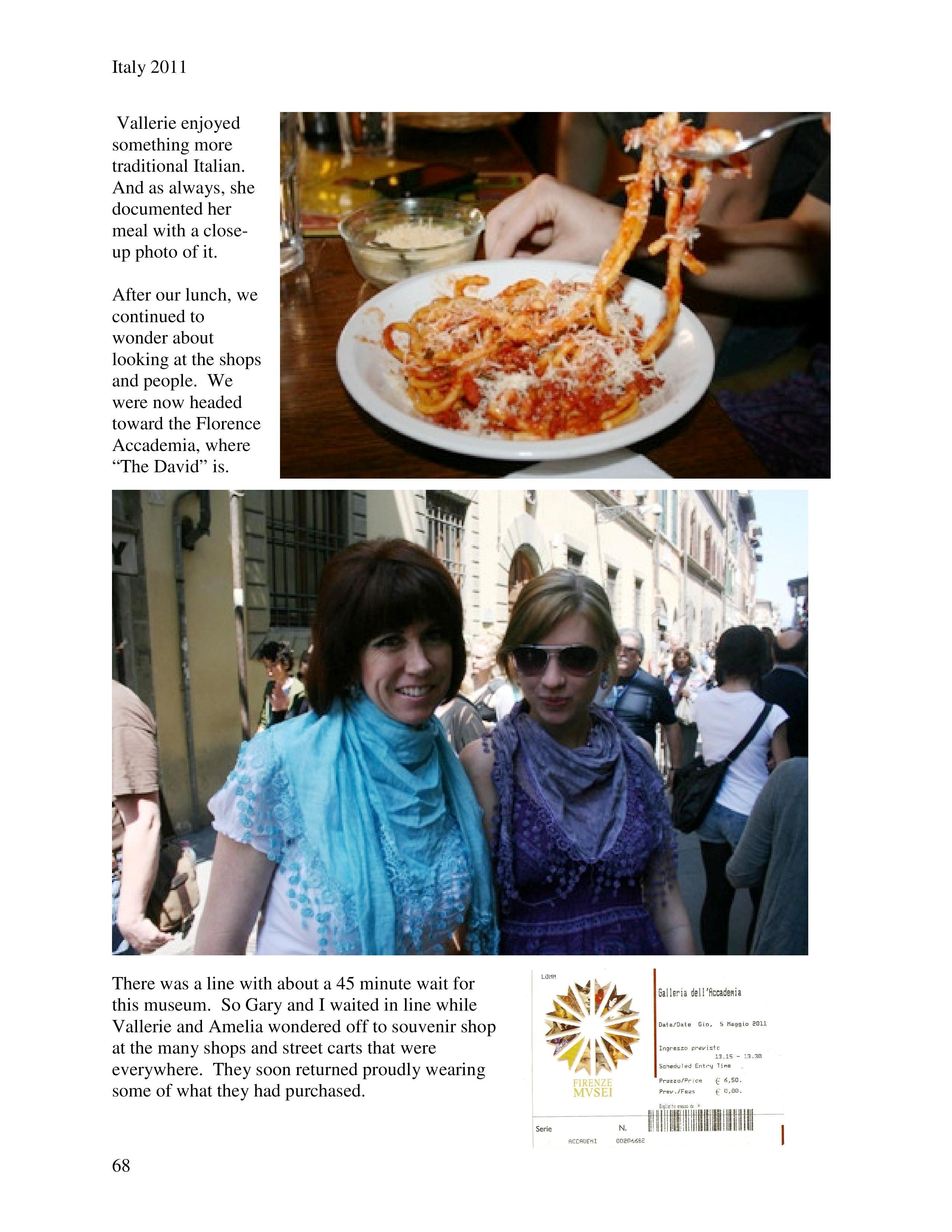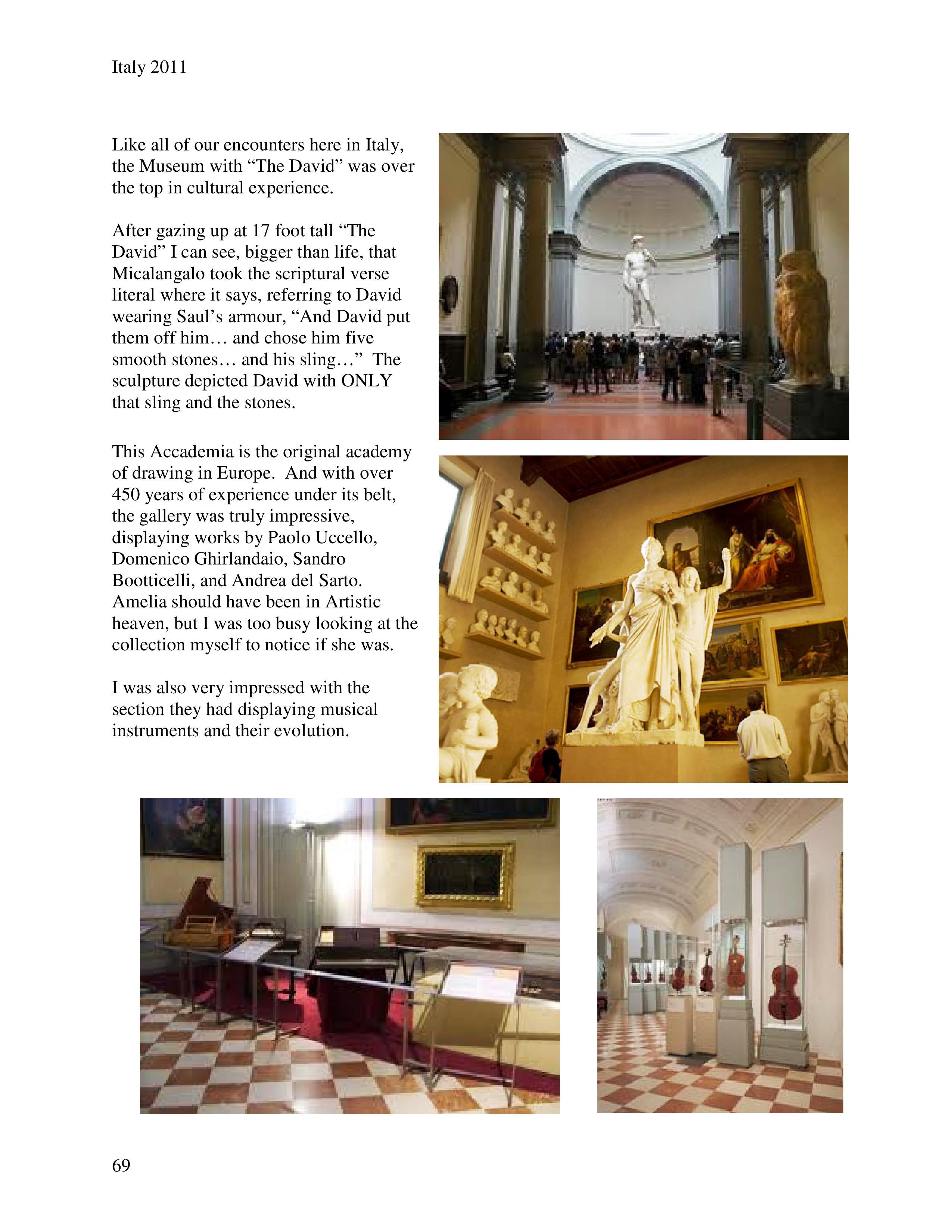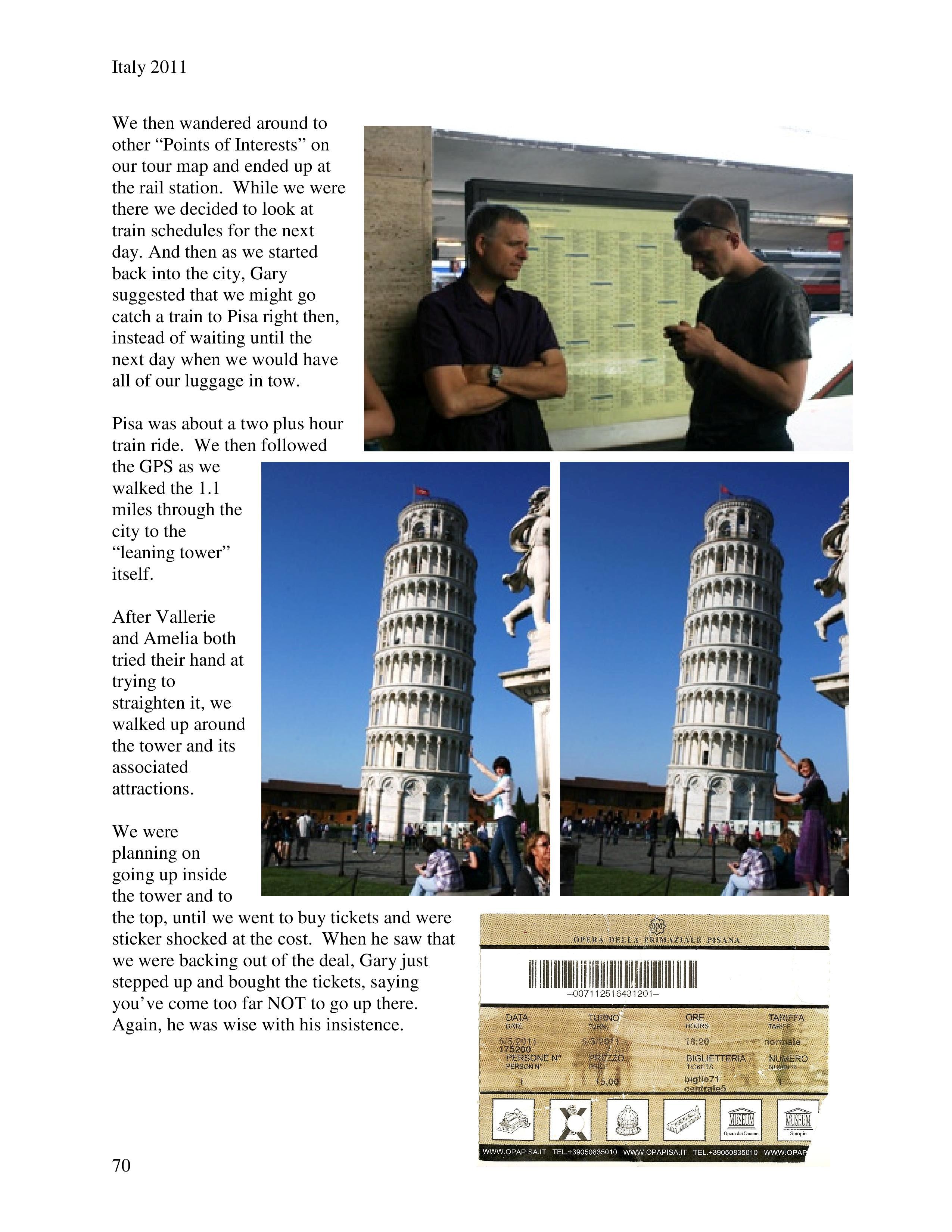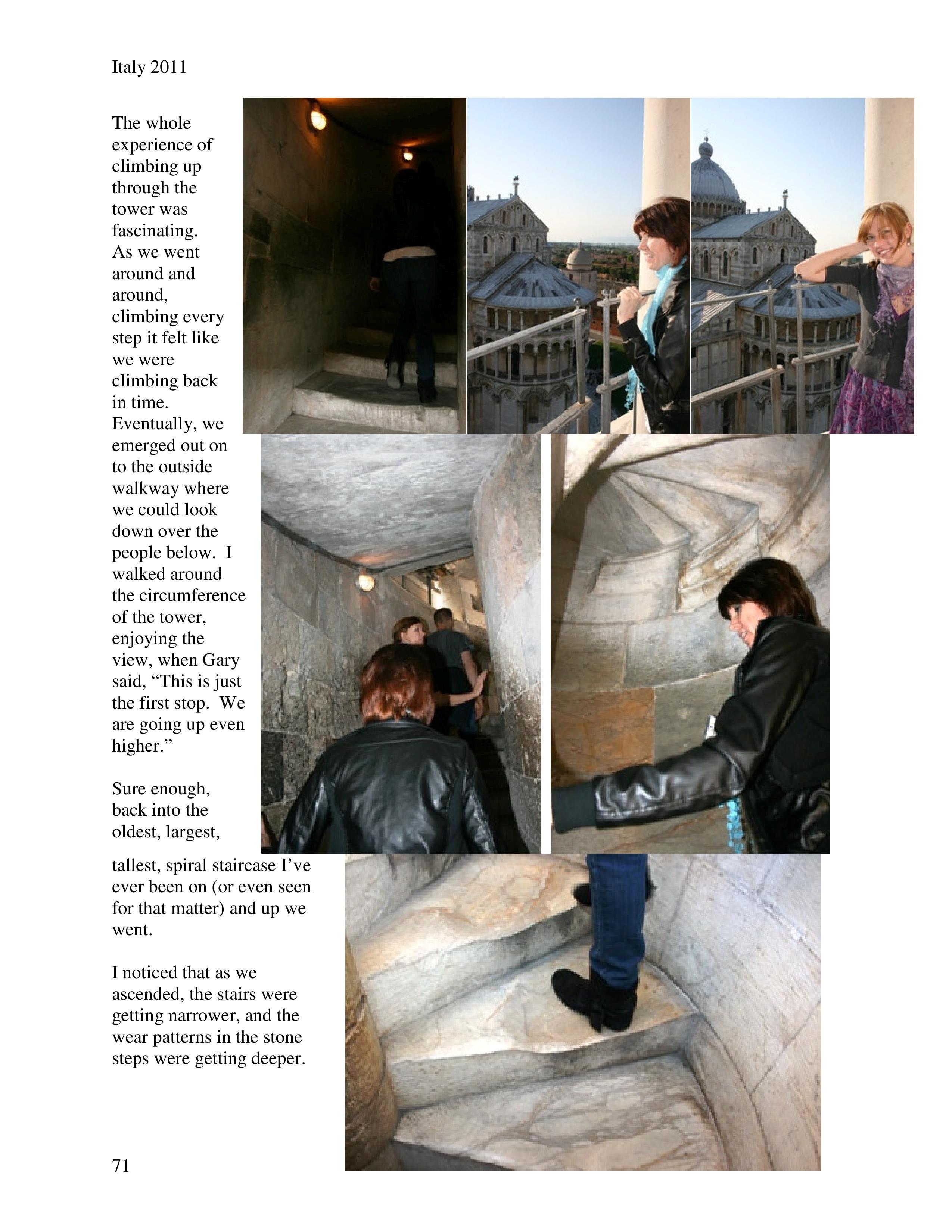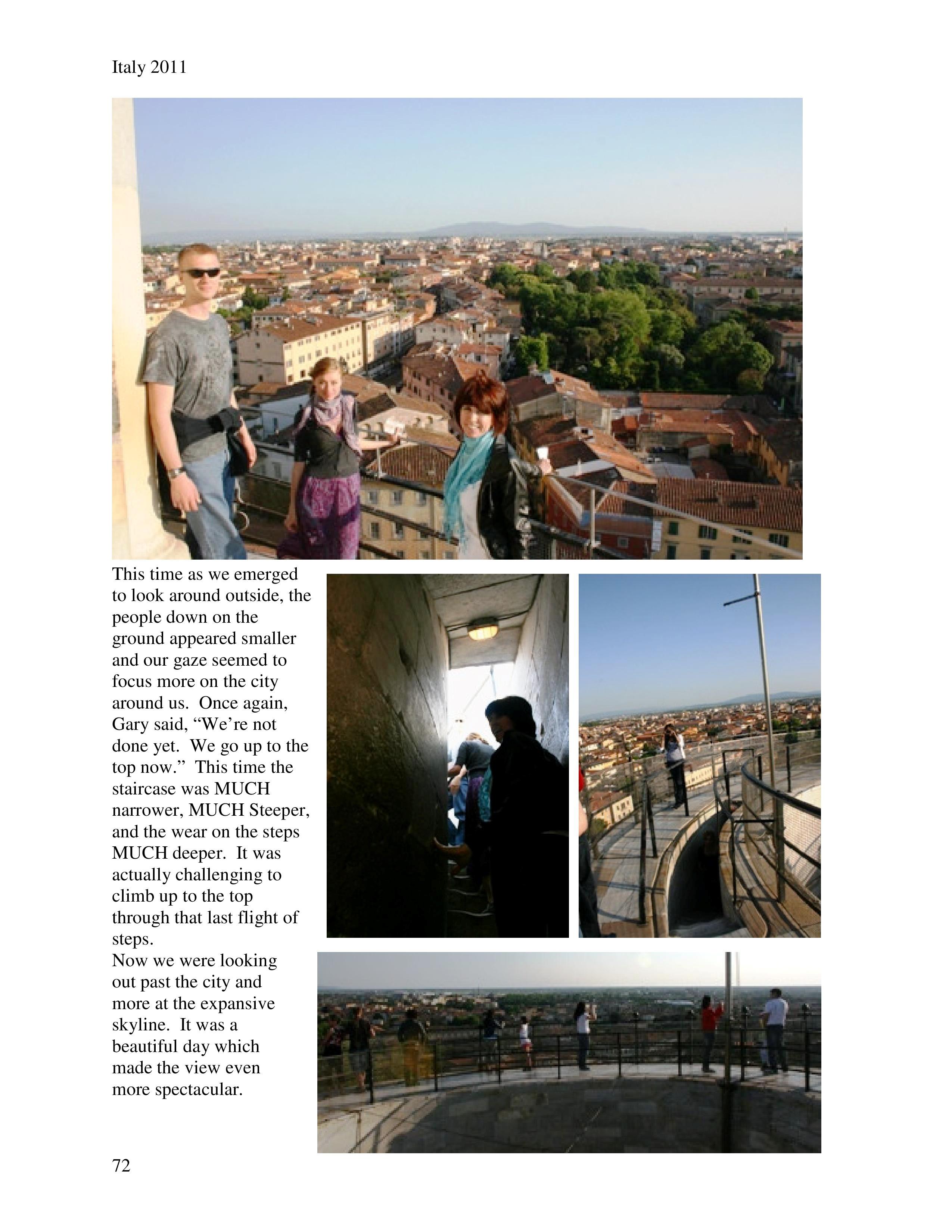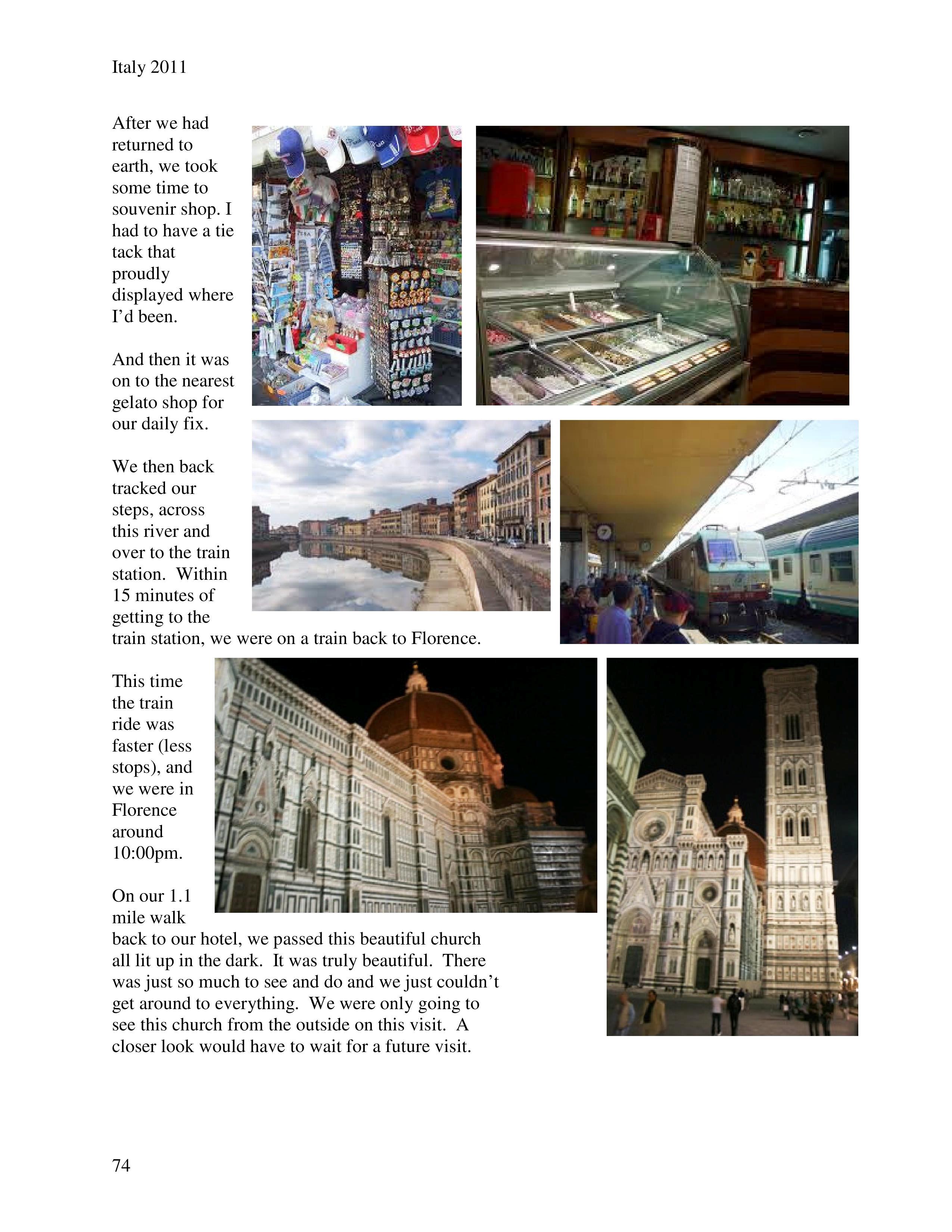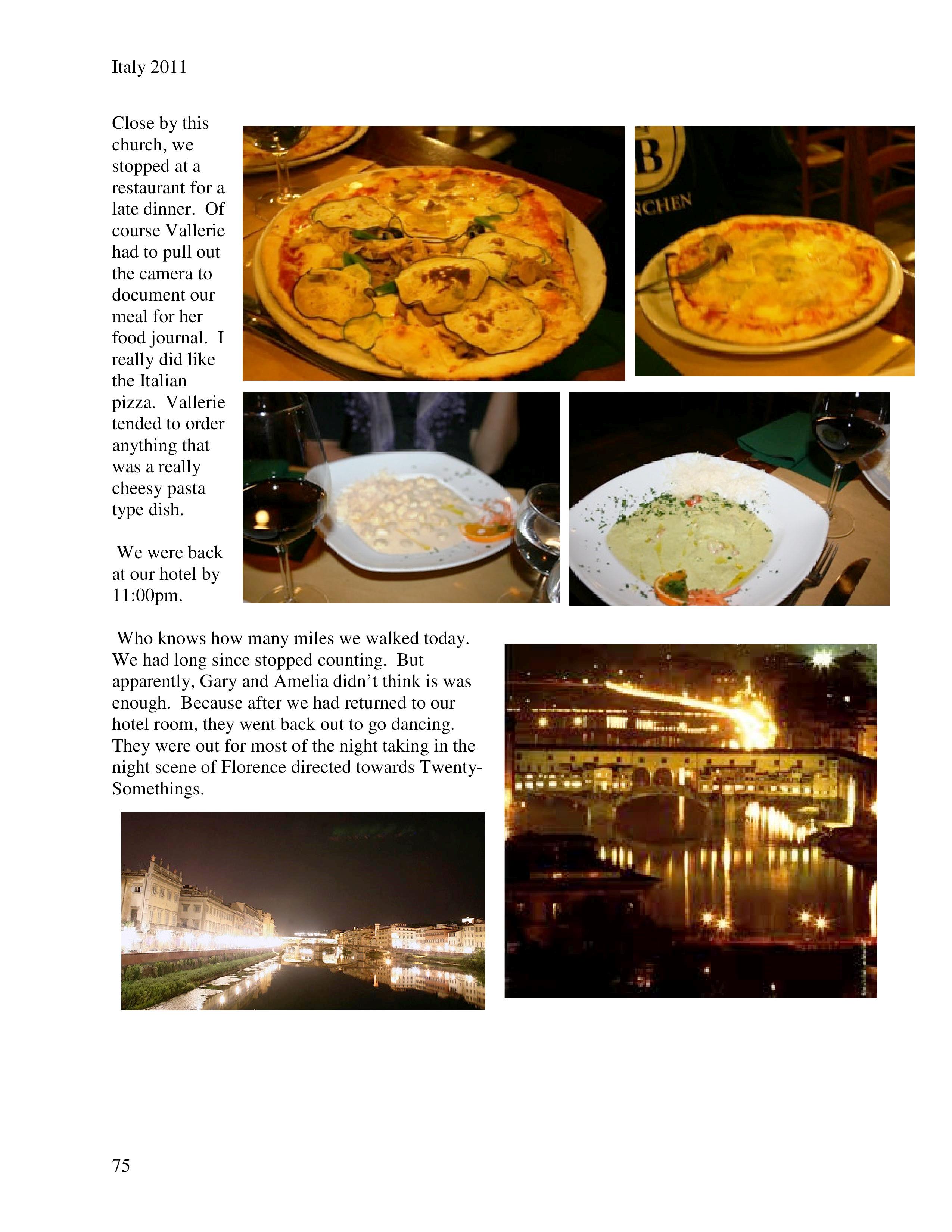Years ago, one of my daughters introduced me to the photoblog “Humans of New York” telling compelling stories Brandon Stranton collects while out on the streets of America’s largest city. Though I can’t photograph or record those I meet on UTA’s FrontRunner trains while I’m at work, sometimes I wish I could tell the stories of some of those I meet and interact with. I do share these stories at home, with my Beautiful Wife. But, because she wants me to share this one with you, and even though it has been a few years since I’ve added to my own blog, here it goes.
An Agitated Passenger
Three of us FrontRunner engineers begin our work shift by “conducting” on the same train to the end of the line, where we will assume our assigned duties of starting the “peak commuter service” of adding trains to accommodate those along the Wasatch Front headed home after their school and workday. (In our dual roles as train conductors and engineers, we are engineers when actually driving the train, and conductors when we are in the body of the train, with the passengers.)
Since, on this one-hour trip south to the end of the line, there are three conductors covering the three passenger cars, we are stationed one in each car. We’re there riding with the passengers to answer questions, helping with mechanical problems such as doors not working properly, and giving added security on the train.
I was in the middle passenger car when I heard the conductor in the lead car make a radio call to “Control”.
“I have a man that’s causing a disturbance… He seems agitated… Keeps asking questions and trying to engage with the other passengers. He keeps moving around to different seats… Bothering the passengers around him.”
Control: “Can you give a description of this passenger?”
Conductor: “He a white male… about forty years old. Mostly bald… Wearing a dark hoodie and he has a grey backpack.
As I listened to this radio call, deciding if I should go forward to that car to help out, the conductor called Control once again.
“He just moved back to the bike car.”
Control: “Control copies all that information. Keep us informed if anything changes.”
At this point I met up with the other conductor, where he personally filled me in on the situation. Since this “agitated and disruptive” passenger was now in my car, I would now be the one to watch him and handle any problems he caused.
In the years of doing the “conducting” portion of my job, I’ve learned that the best way deescalate “a problem” on the train is to simply go sit by the “troublemaker”.
Usually upon seeing me, in my official uniform sitting close by, they just settle down, and the problem goes away. This really works well for “creepy guys” making their targeted female passengers uncomfortable with unwanted attention.
If this doesn’t defuse the situation, I engage with the disruptor, giving them some of their own “unwanted attention.” Then the aggressor may just quiet down or move to a different section of the train (If they do that, I’ll just follow along to always keep them in sight.), or they sometimes direct their aggression on me directly. If they’re going to be this way, that’s exactly what I want. It takes the “heat” off those targeted passengers and puts me in the prime position to work on defusing the situation.
In my worst case of this scenario, once I did have to call for police back up, which is an easy radio call for me to make to “Control”. That “very threatening aggressor” was met by police and arrested at the next station stop.
But more often than not, I’ve found that just sitting, visiting with, and most importantly, listening to my agitated passenger, settles things down to a manageable level. And that brings me back to my current story.
I brought my own backpack and train gear to settle into a seat next to him. This guy was quite agitated, but in the few minutes I’d been sitting close by, he hadn’t done anything inappropriate that would warrant my involvement. So, I minded my own business, writing notes and thoughts in my little notebook for future reference. Of course, this fellow was why I was really there, and to whom my attention was actually focused. I was now trying to figure out what big social gaff he had committed that required the original radio call to our FrontRunner Control.
I knew that as he kept looking over at me, he was trying to figure me out, “Why was I there? What was I doing? What was I thinking?”
This little battle of wits went on for five or ten minutes, when he finally blurted out, “Why does the driver keep hitting the brakes?”
This fellow was in fact VERY tuned into all the mechanical sounds the train made as we weaved our way southbound. As I started to explain how the engineer had to slow for the S-curve we were now going through, and then speed back to the new posted speed, but soon afterward, we needed to begin slowing for the upcoming station, he listened intently.
Realizing that his agitation was caused by miss interpreting all the “normal sounds” the train was making as “abnormal”, I explained in more detail, how every time the engineer made even the slightest braking adjustment, those “hissing sounds” of the air brakes were prominent. Also, the shift between propulsion and braking, back and forth, causes the banging we call “slack action” as the cumulative gaps in the couplers attaching all the cars and engine together adjust between compression and extension.
This guy was sharp, and could visualize all the mechanical operations I explained, even without out any visual reference to illustrate the details of my descriptions. As I chatted with him, I felt pretty sure that as a “forty-something-year-old” he was somewhere on the autistic spectrum, and had gone his whole life undiagnosed, untreated, and misunderstood. I’m sure he was constantly misinterpreted out in public as “angry… agitated… antisocial”. When in reality, this man was just hypersensitive to certain sensory messages to his brain that most of us take for granted.
In the end of “the clanking and banging passenger train lesson”, he had a basic understanding of what all those noises, bumps, and bangs were.
As he was exiting the train at his station stop, he reached out to formally shake my hand and introduce himself. “Thank you. I’m Bob. It was great talking to you.”
“I’m Ron. Yes… thanks for the chat. I enjoyed it too. Have a nice day.”
Though we may never see each other again, we honestly left as genuine friends. I have no doubt that this guy is so much more talented and better at many things than I am. He certainly is much more into the world sights and sounds of the world then “half-deaf me”. Sadly, I’m pretty sure he has spent much of his forty-something years very misunderstood by people out in the public that he comes in contact with. (Fortunately, we as the public are more sensitive to the younger generation, who are “on the spectrum” or who are otherwise outside the “social norms”.) But for me, those 20-minutes of chatting, found me another neighbor that I really like. I call anyone I come in contact with, my neighbor. And this was one neighbor I really enjoyed getting to know.
